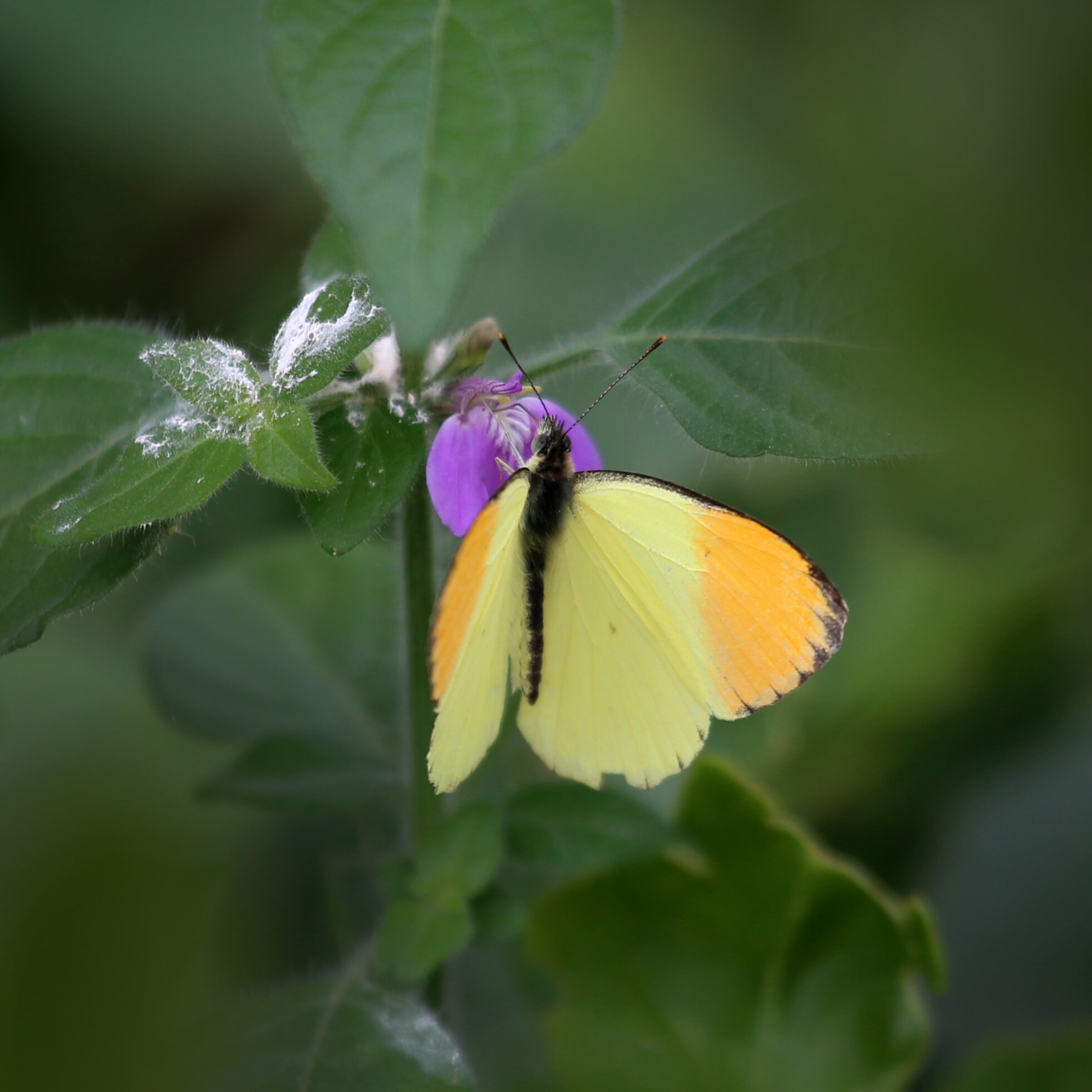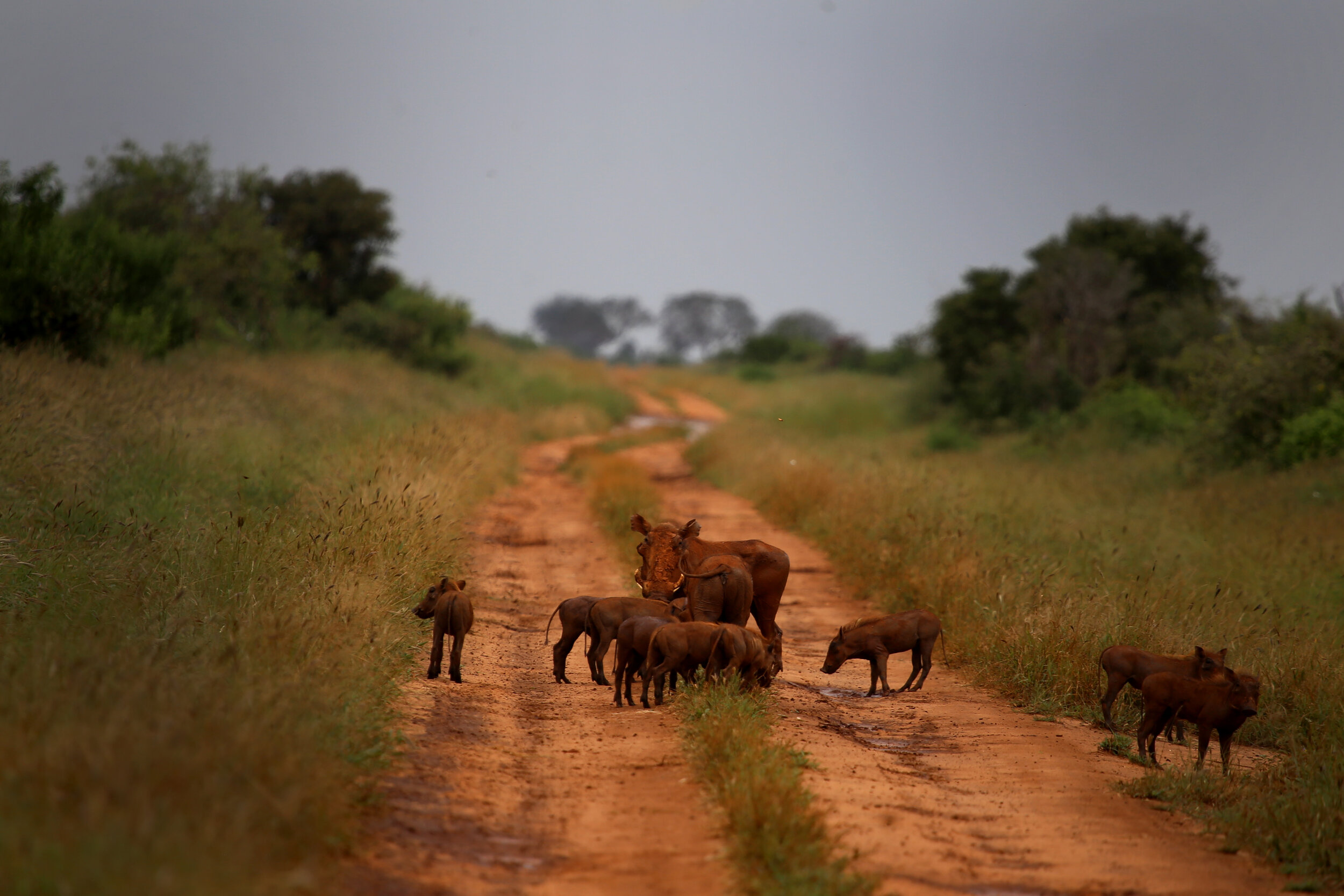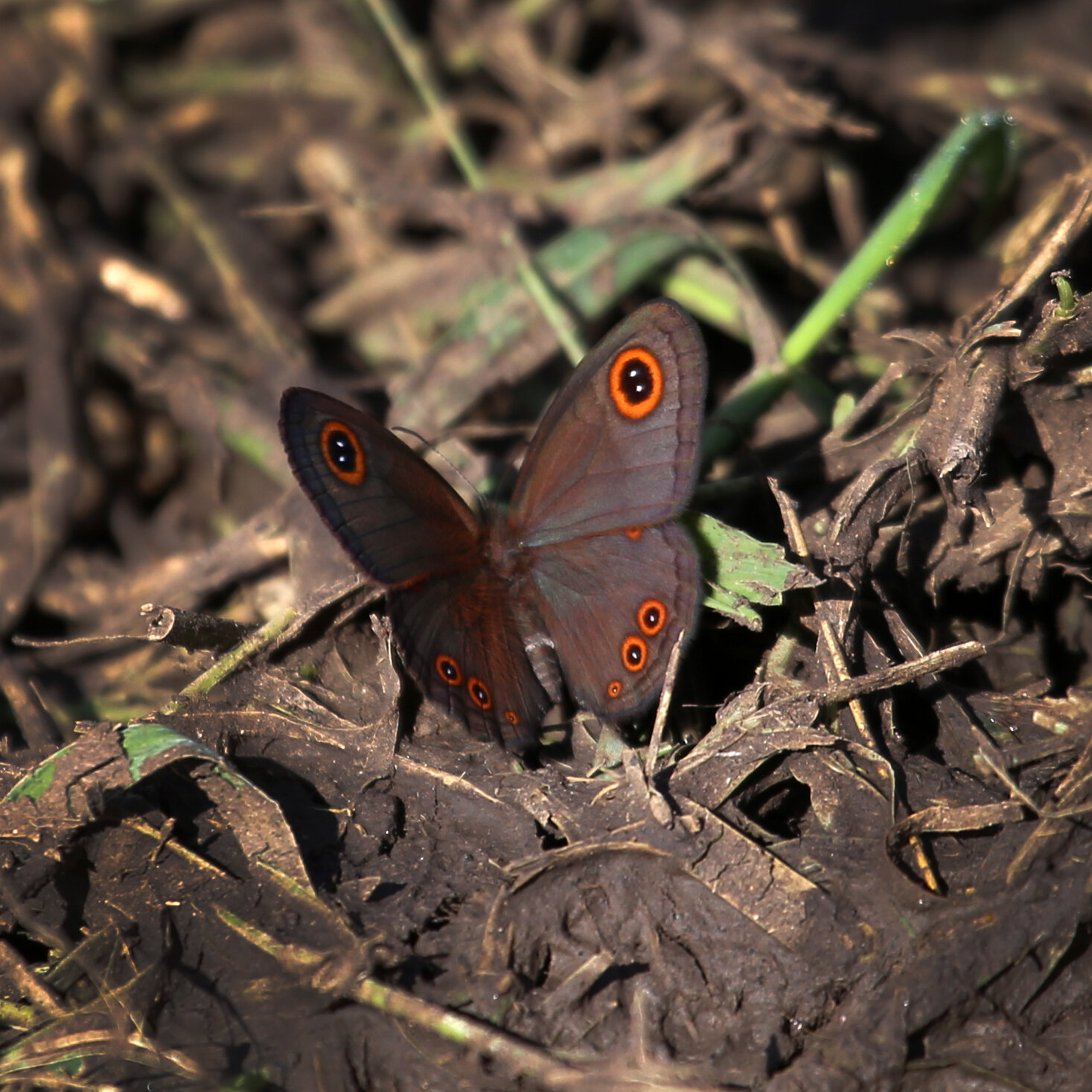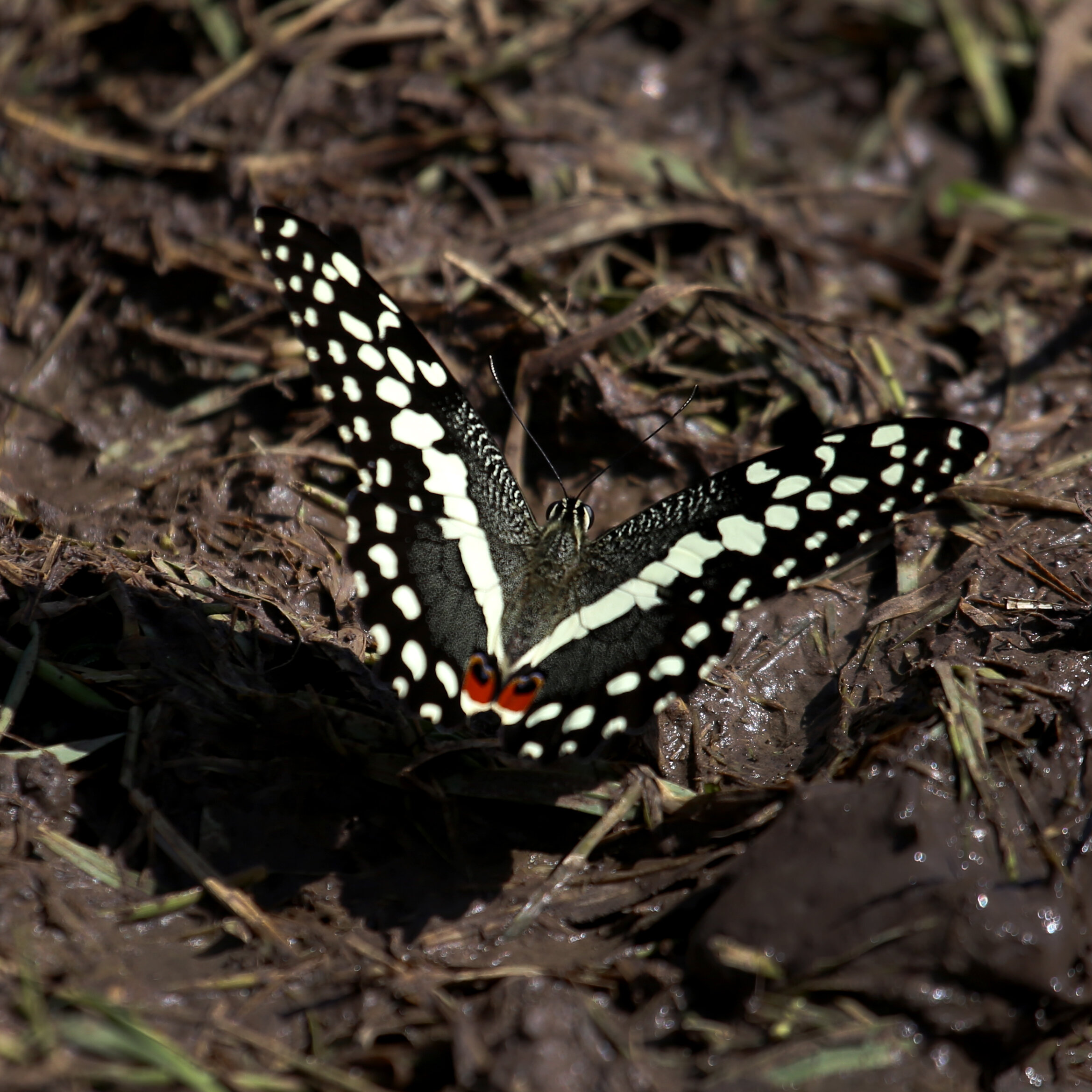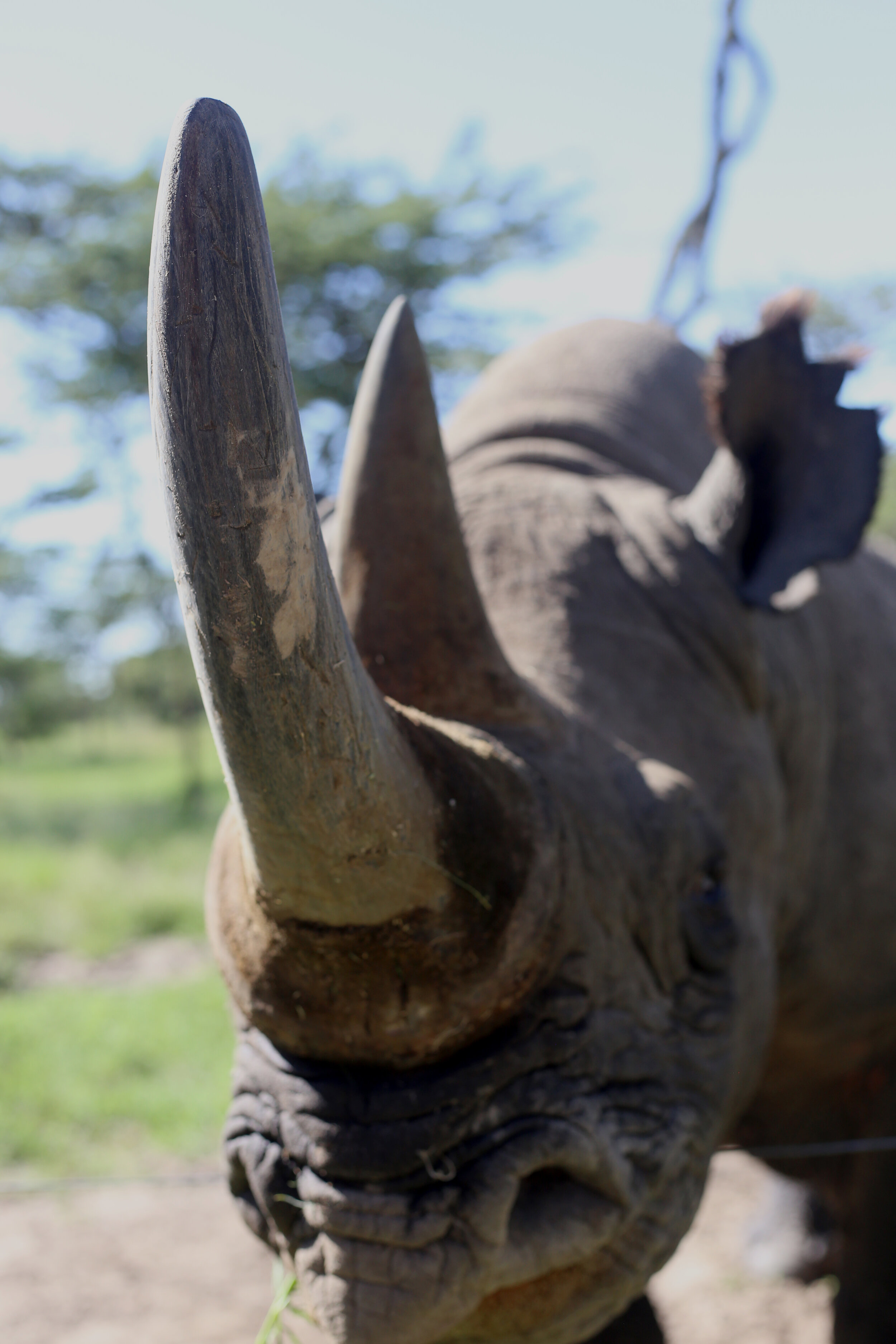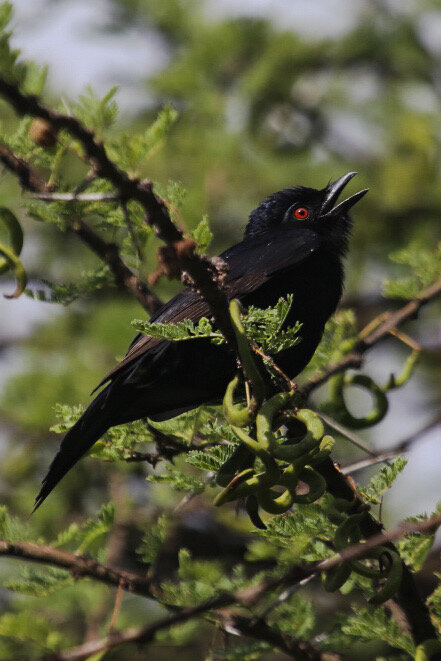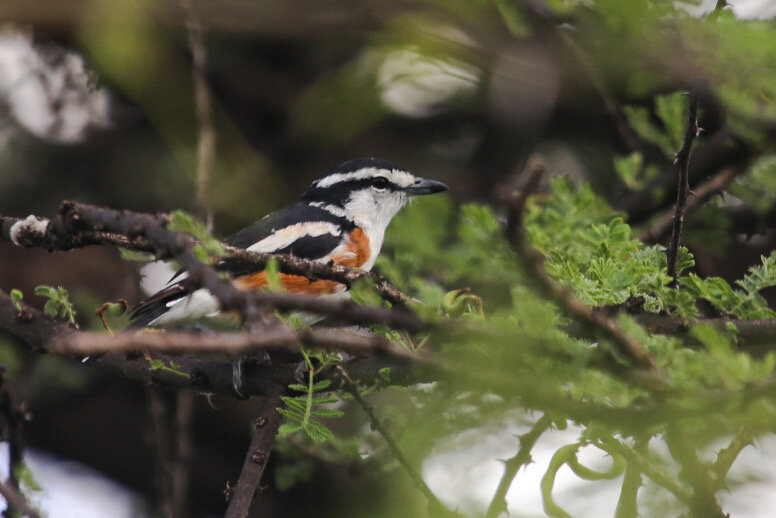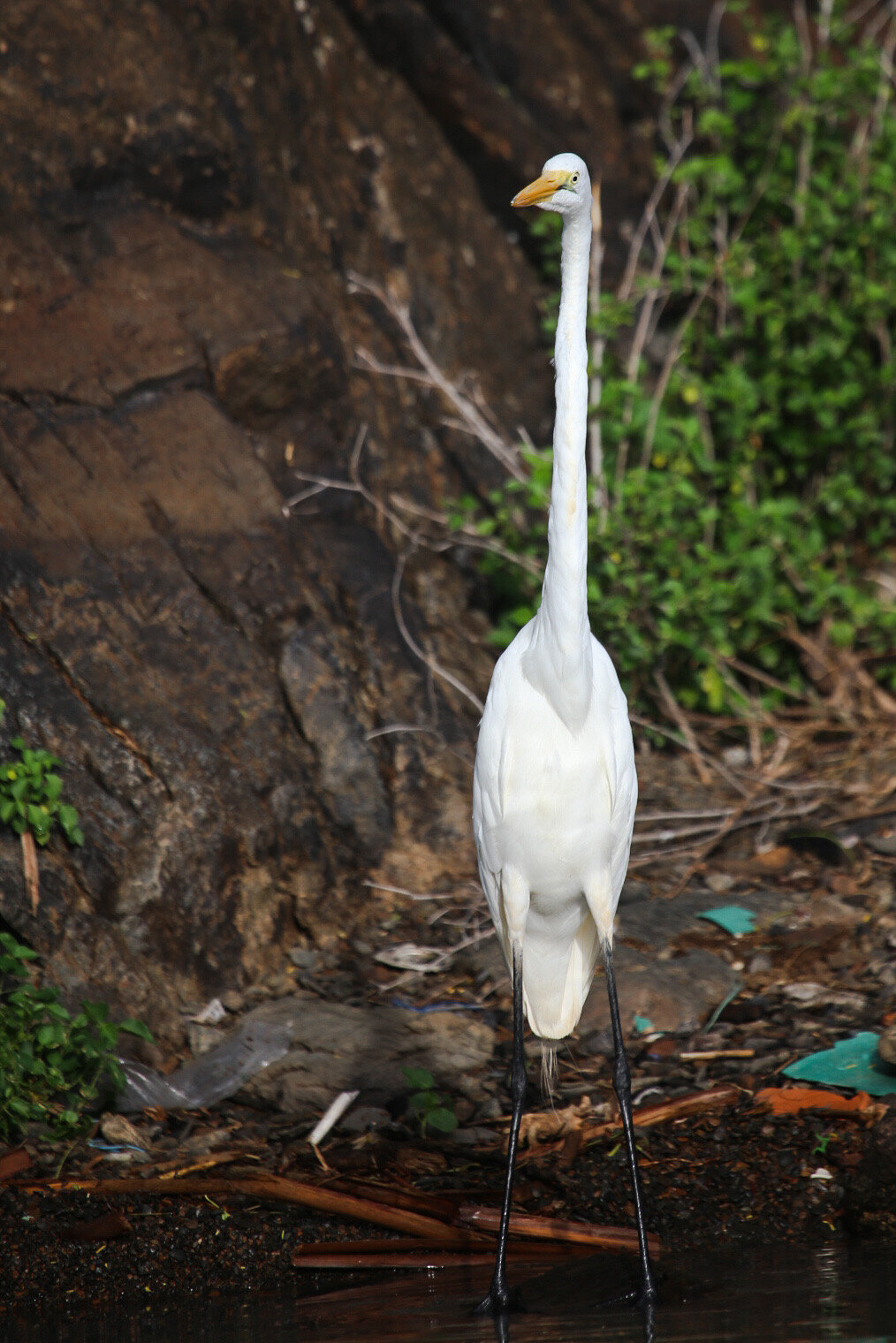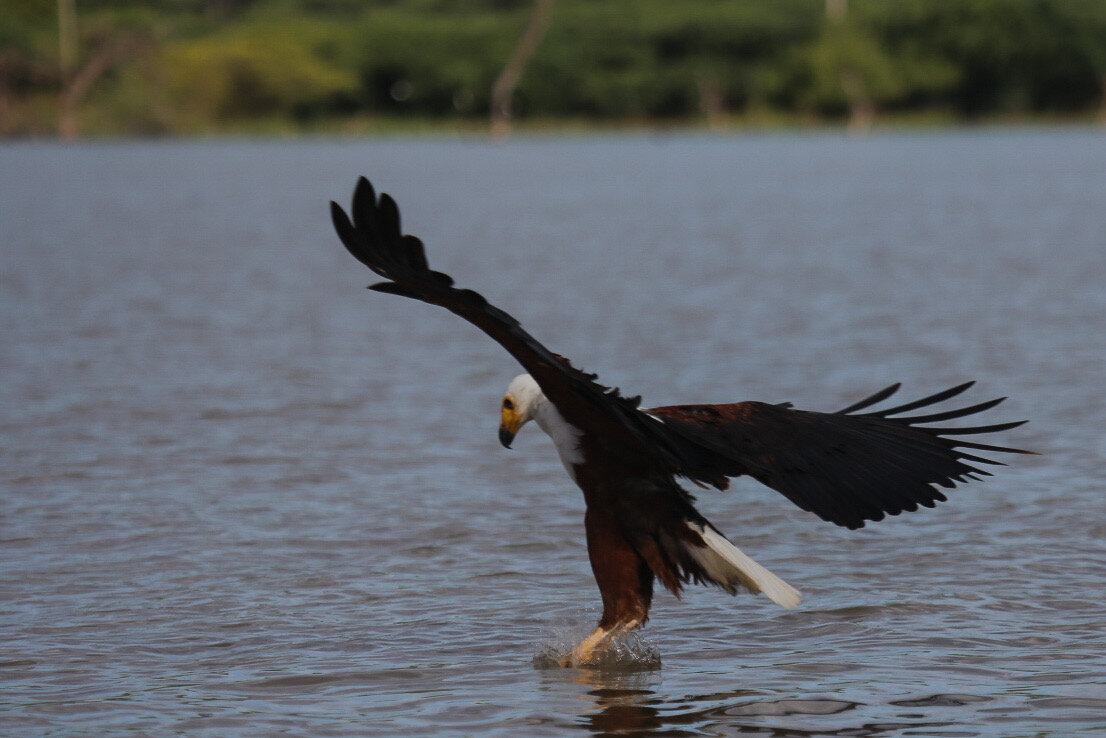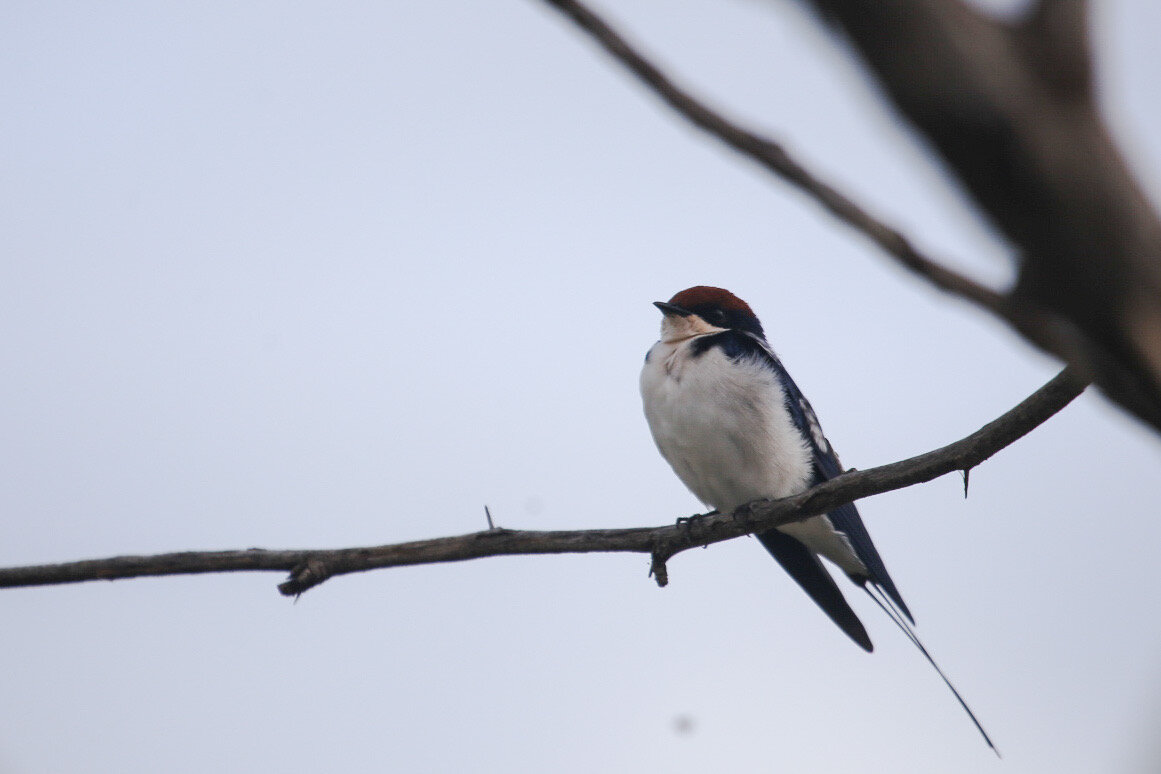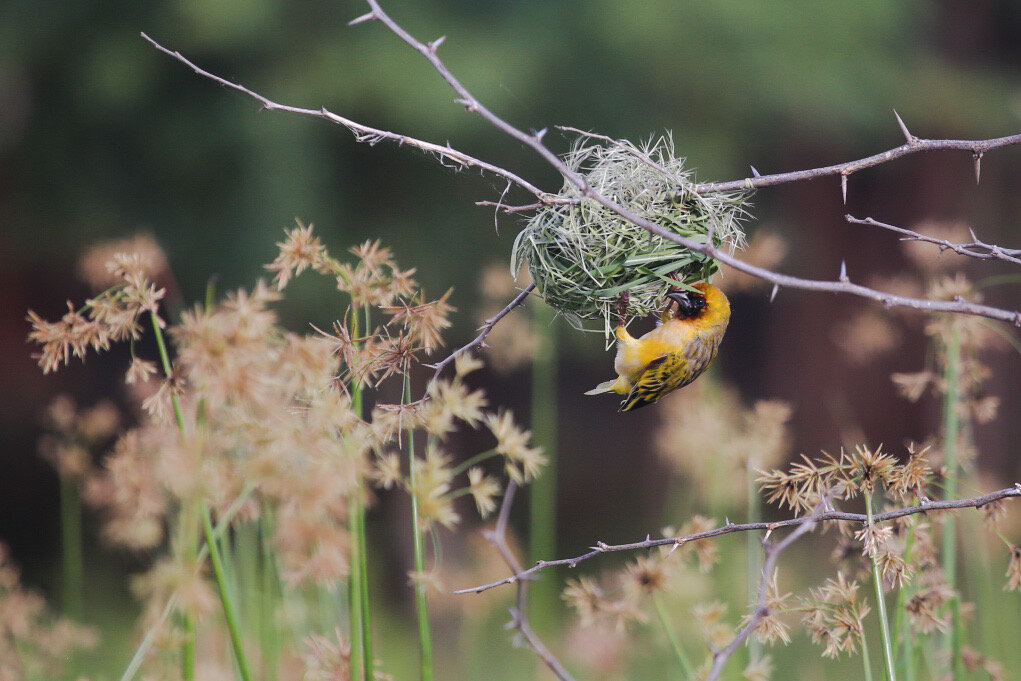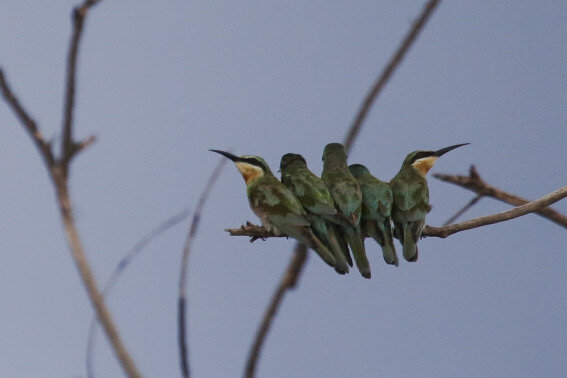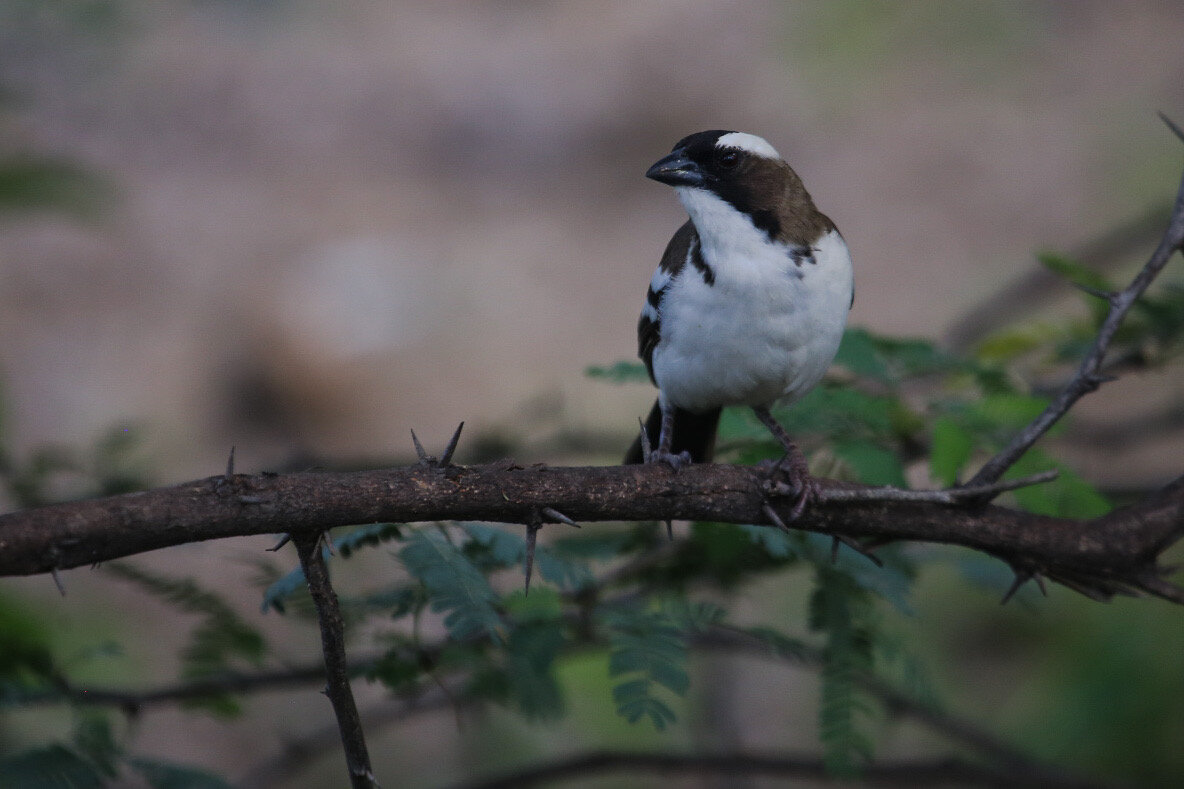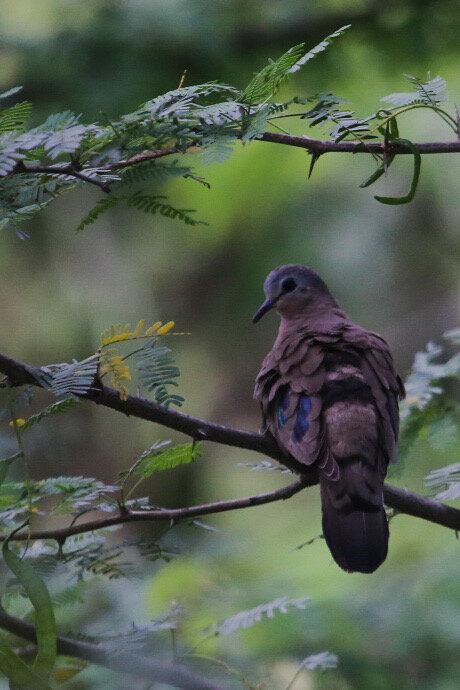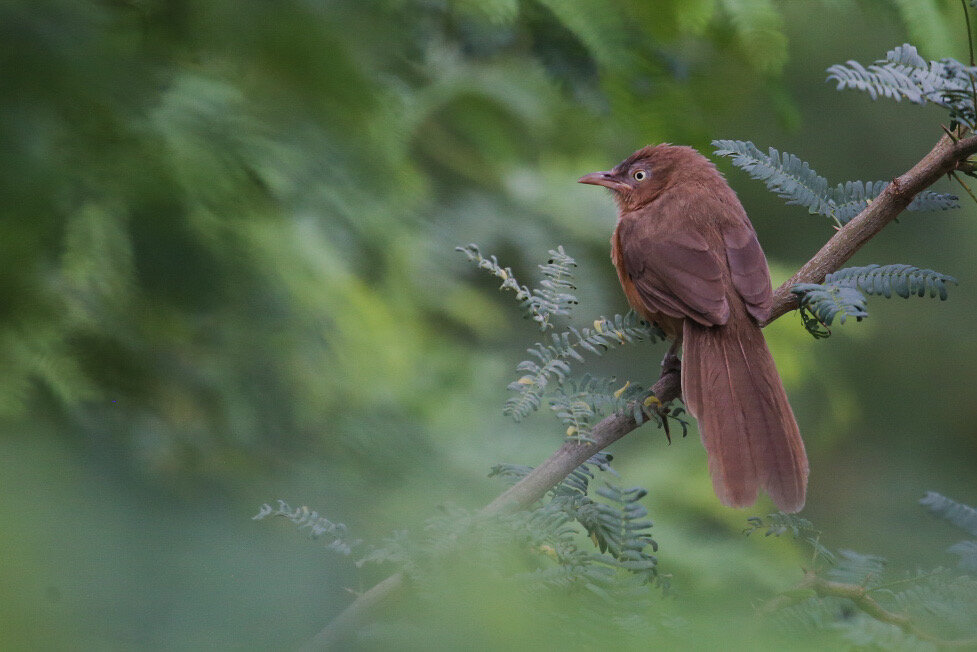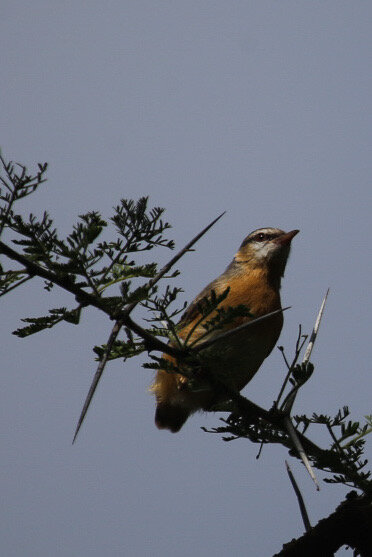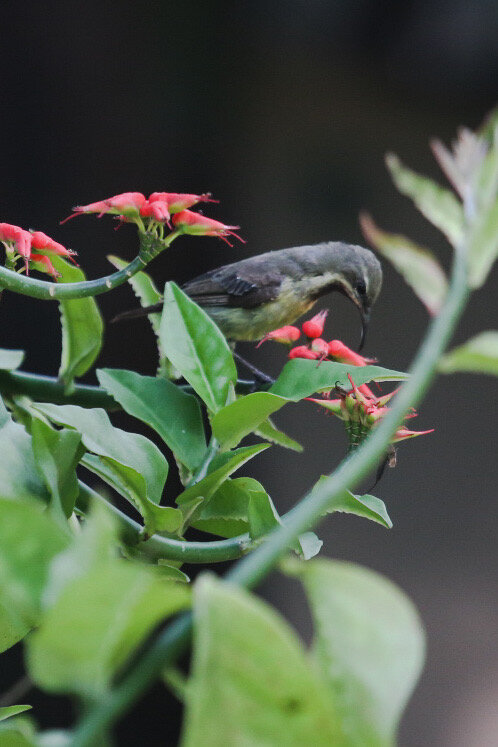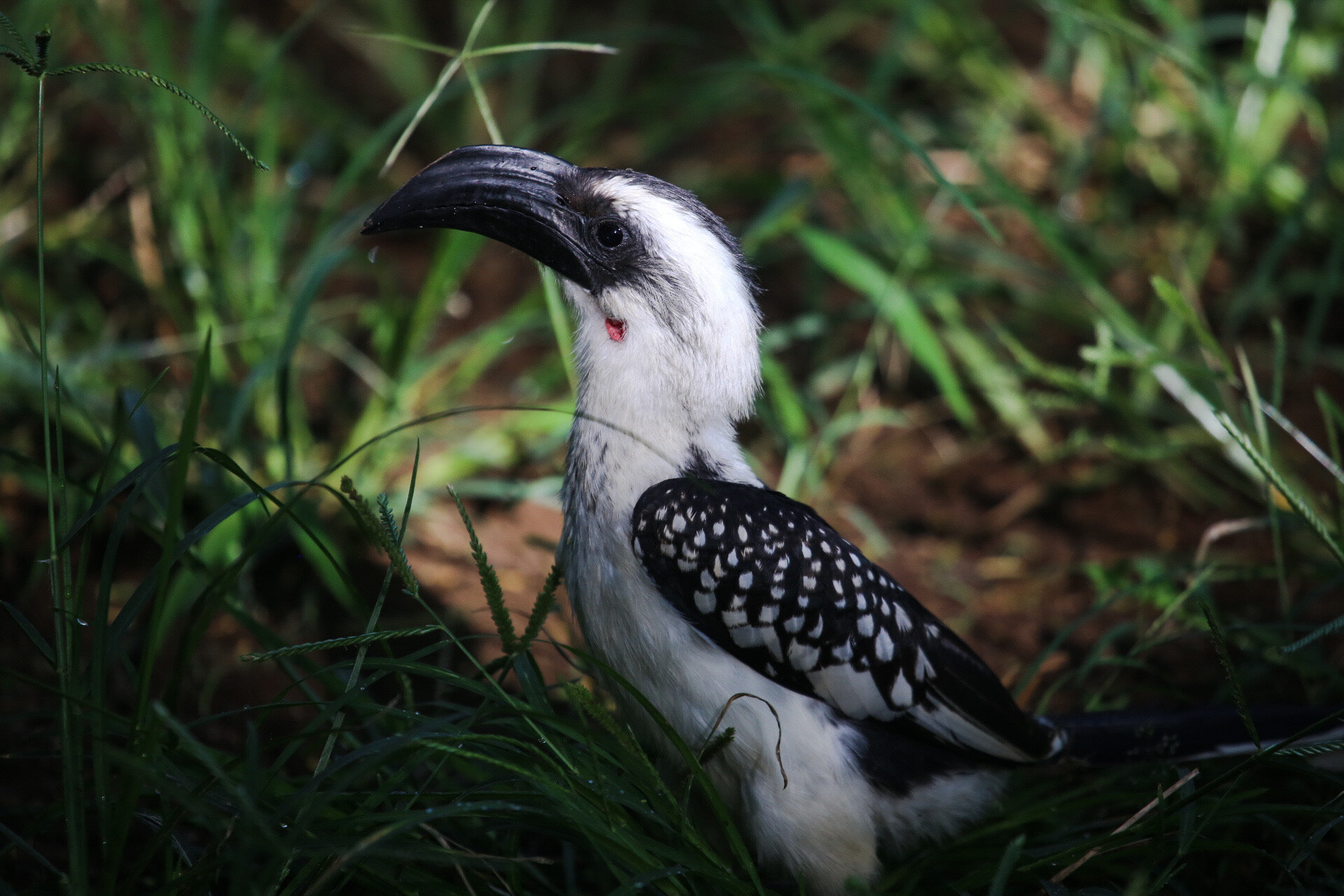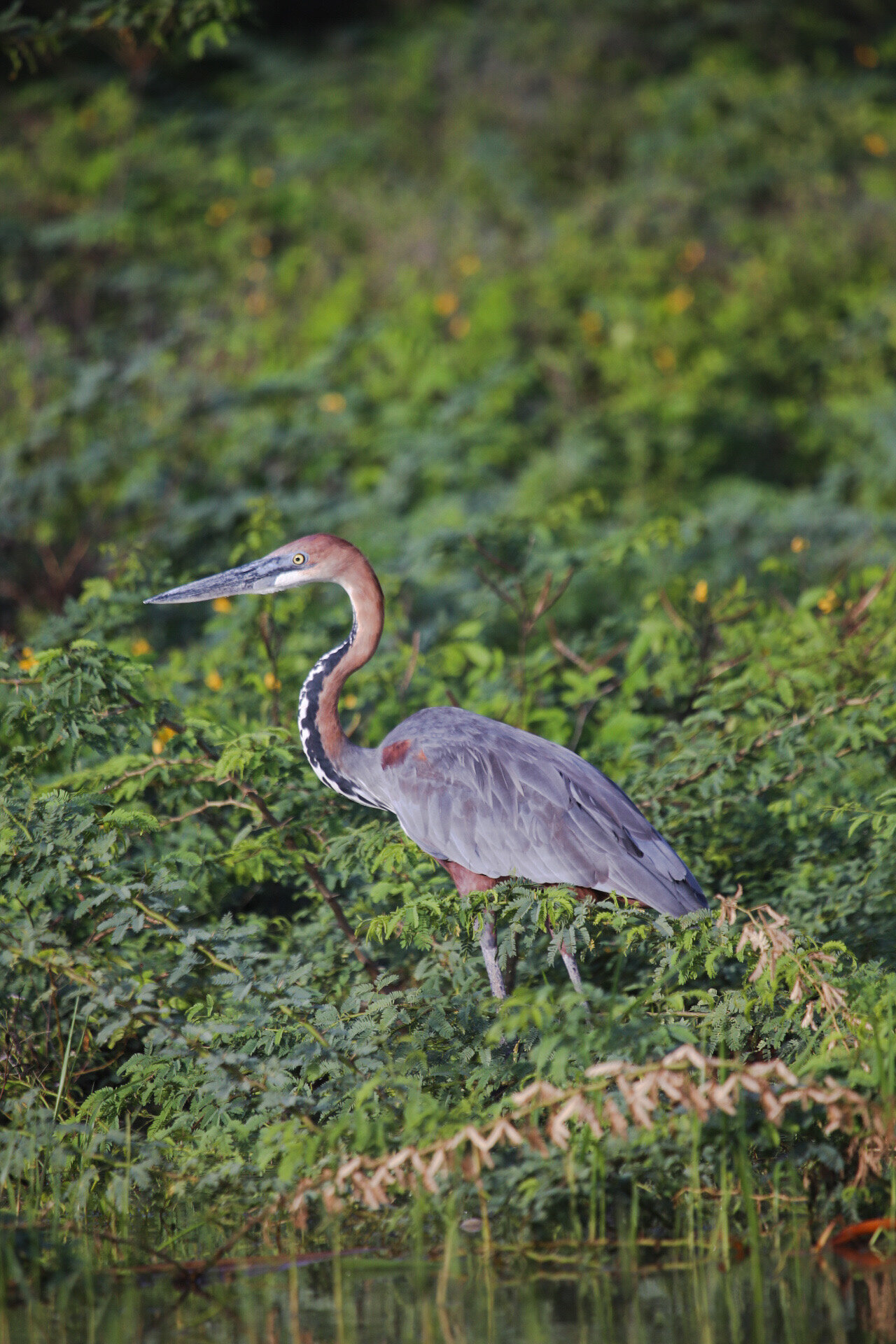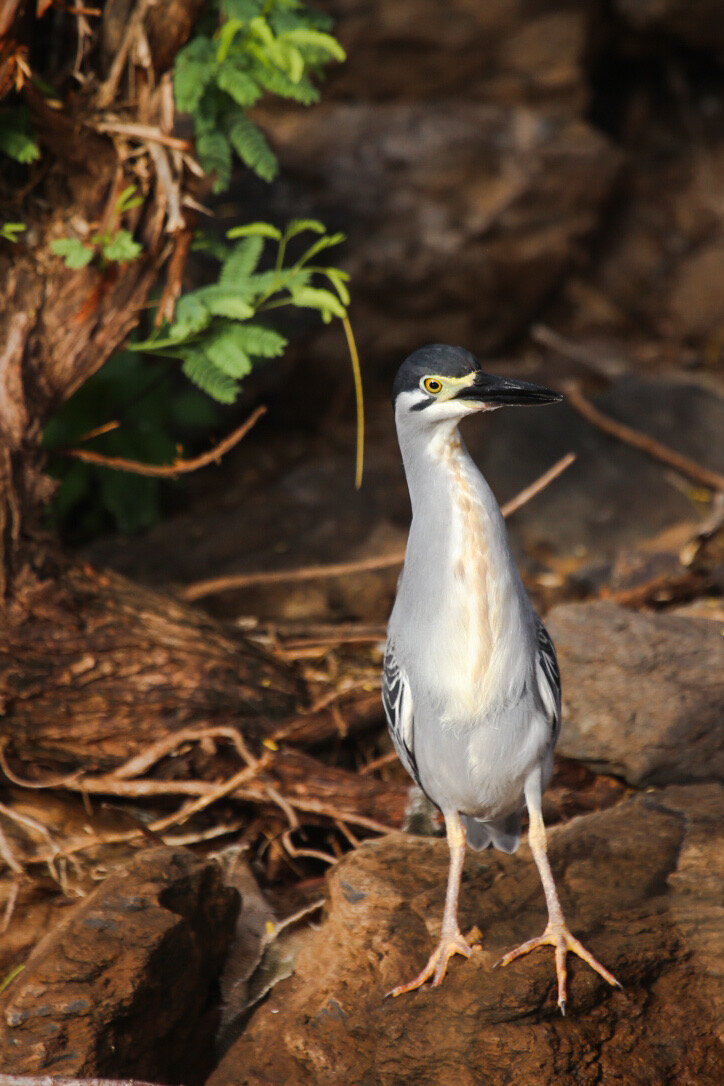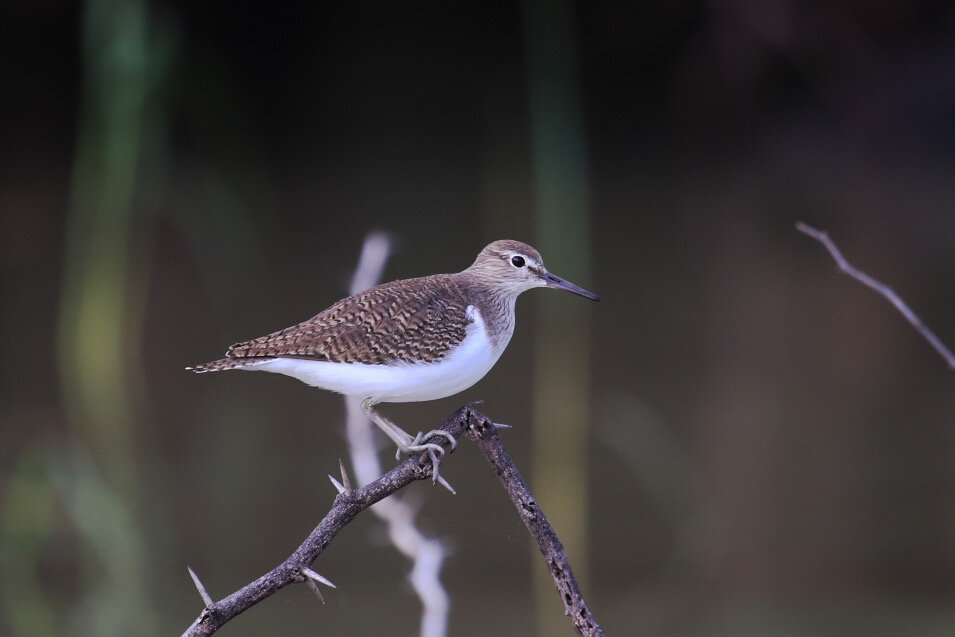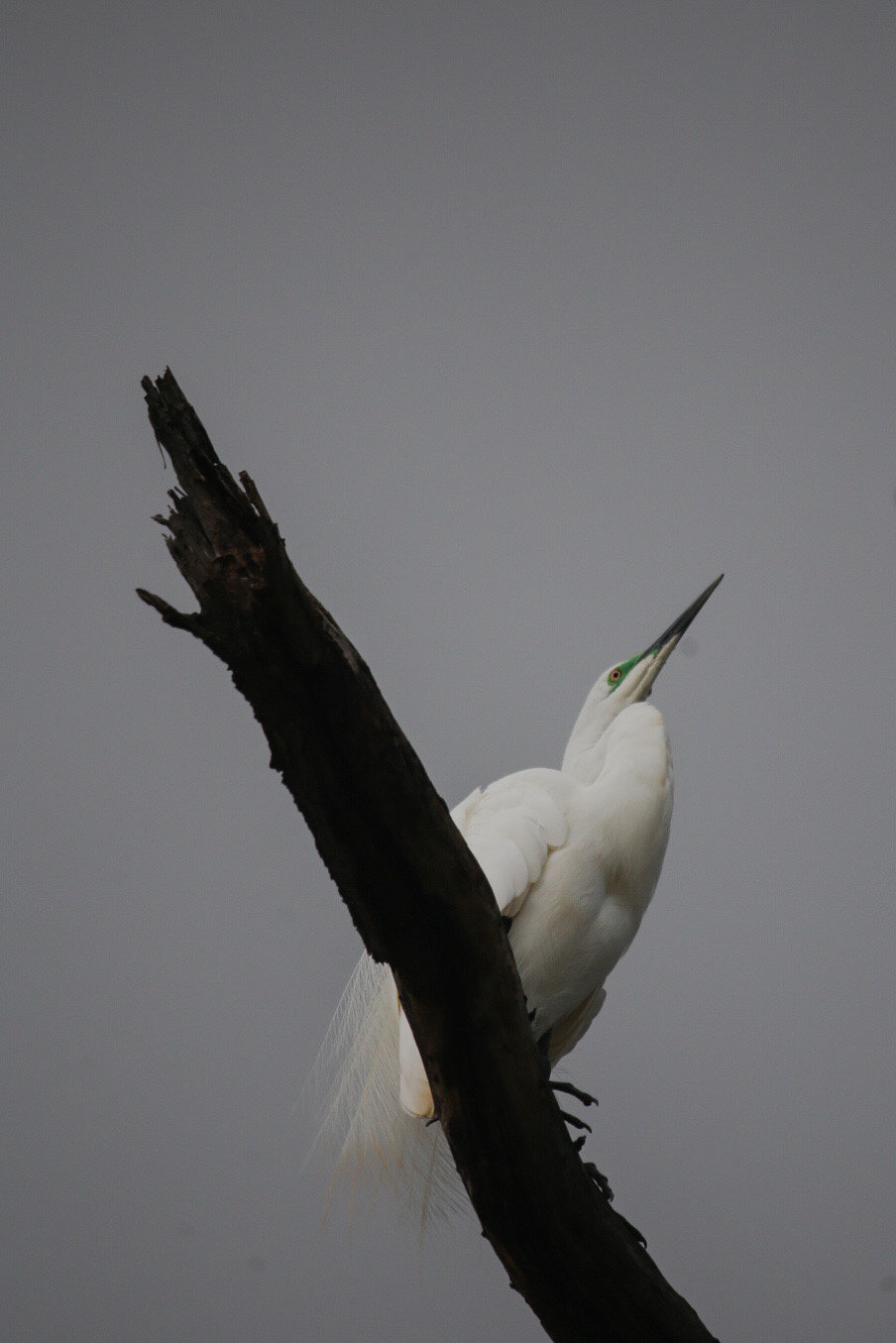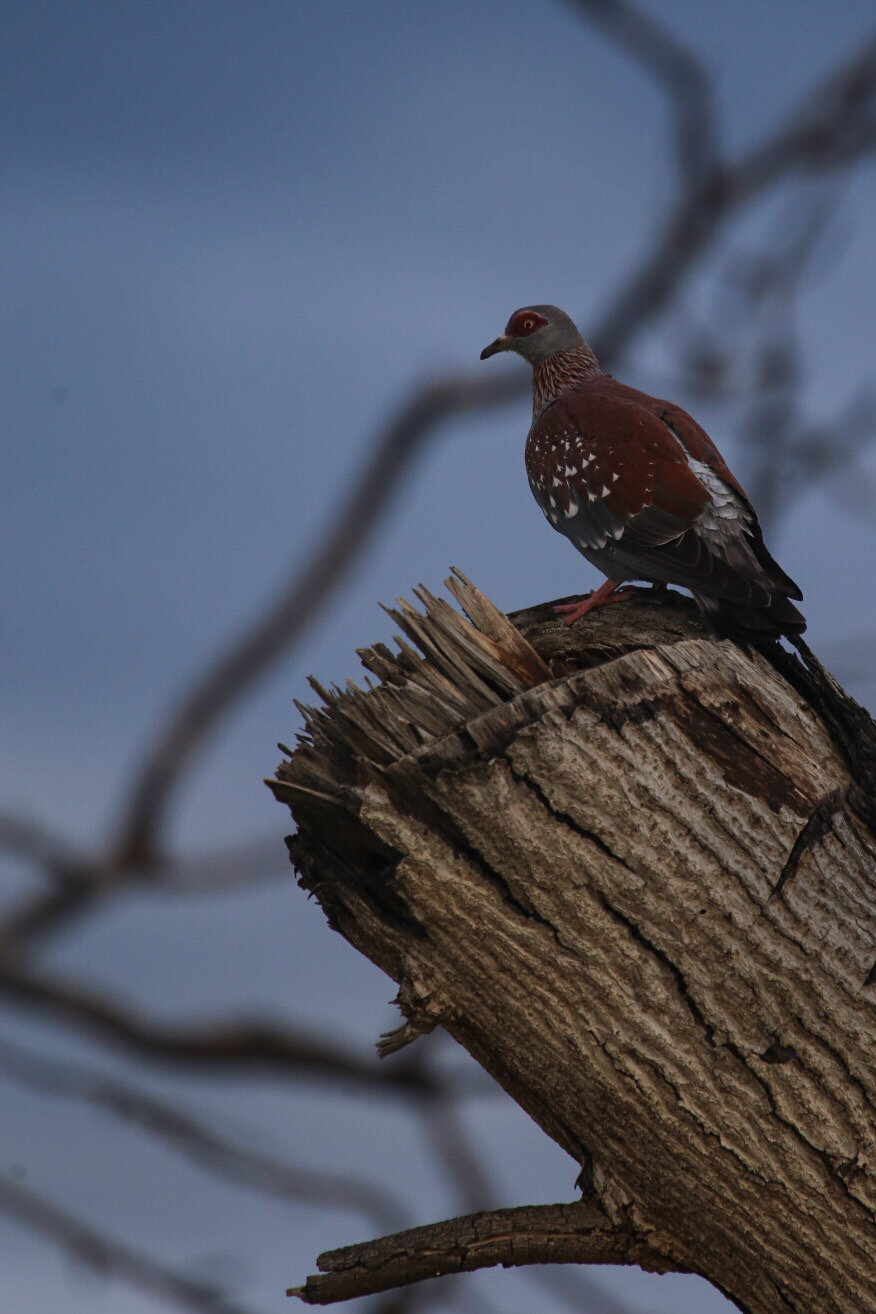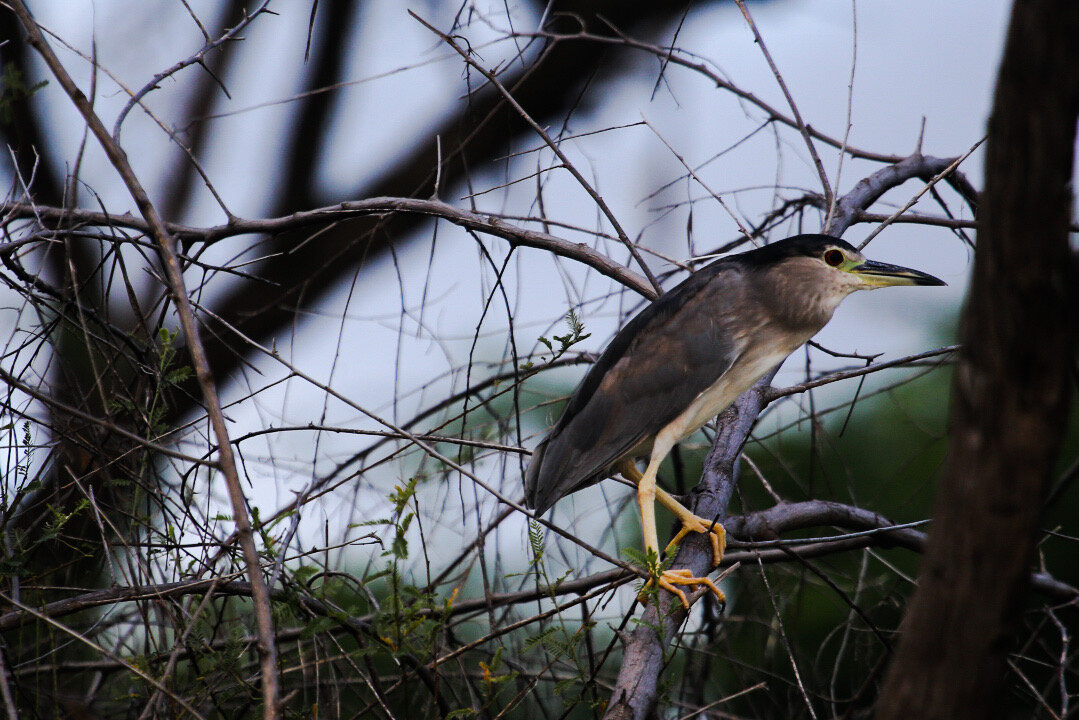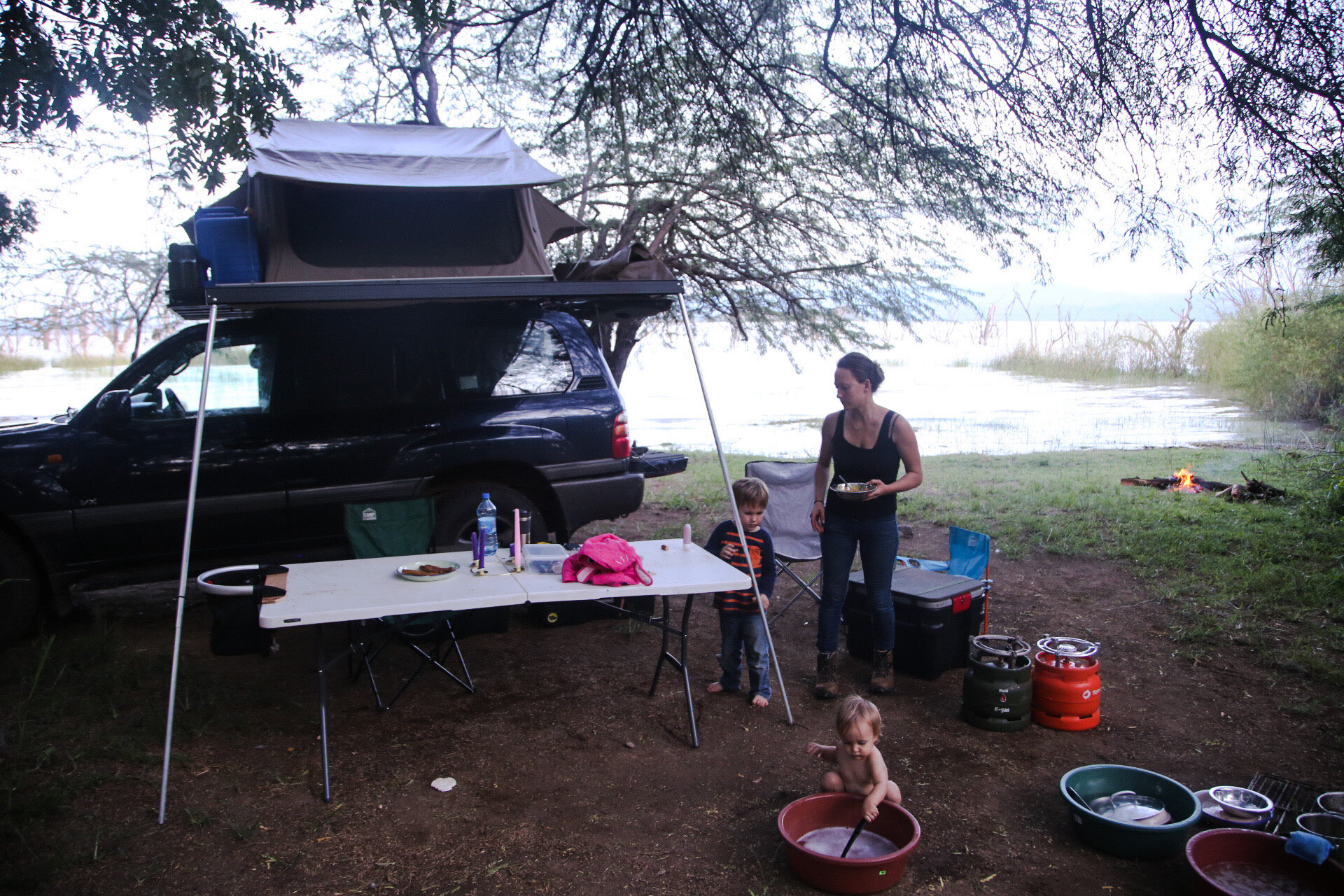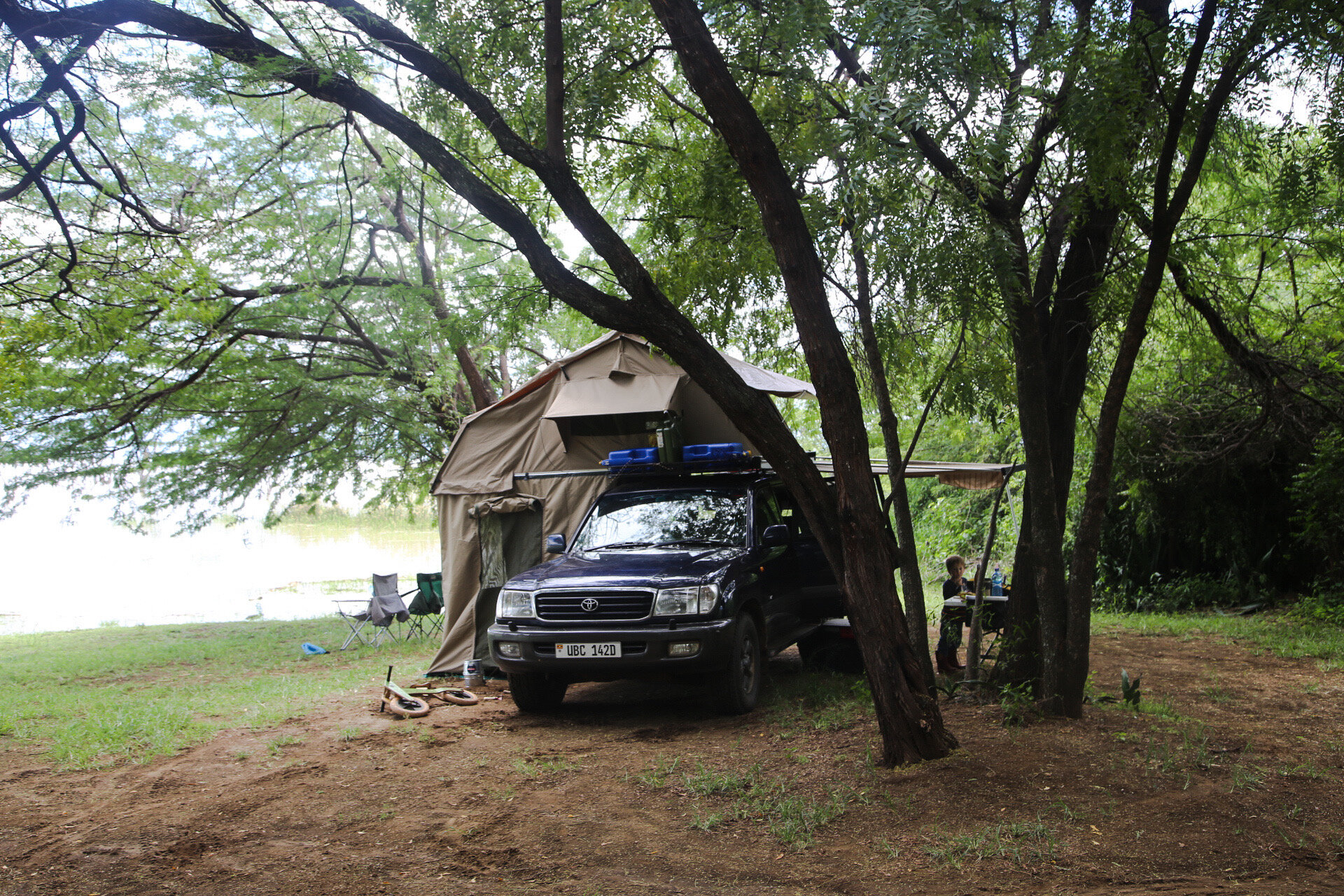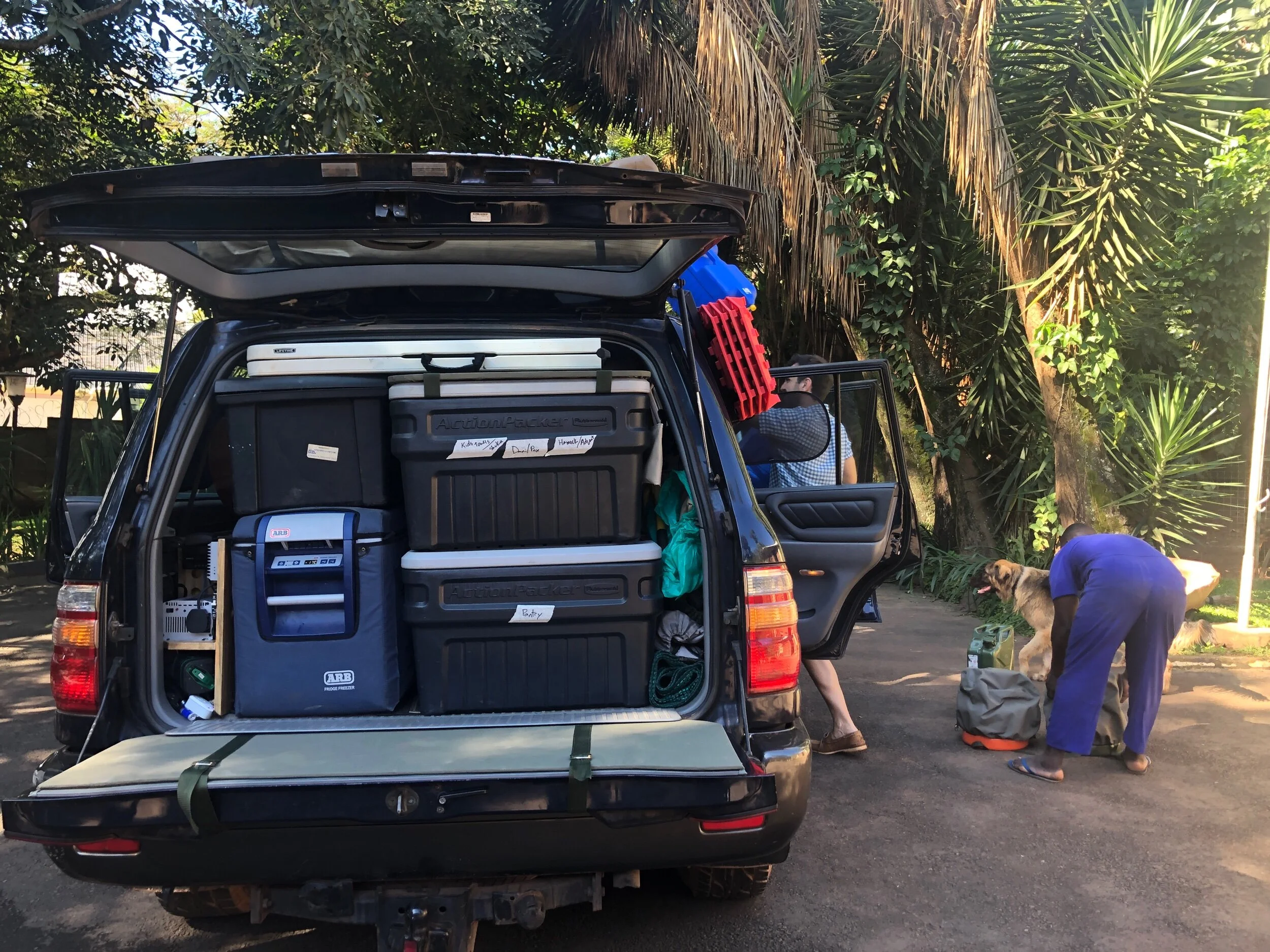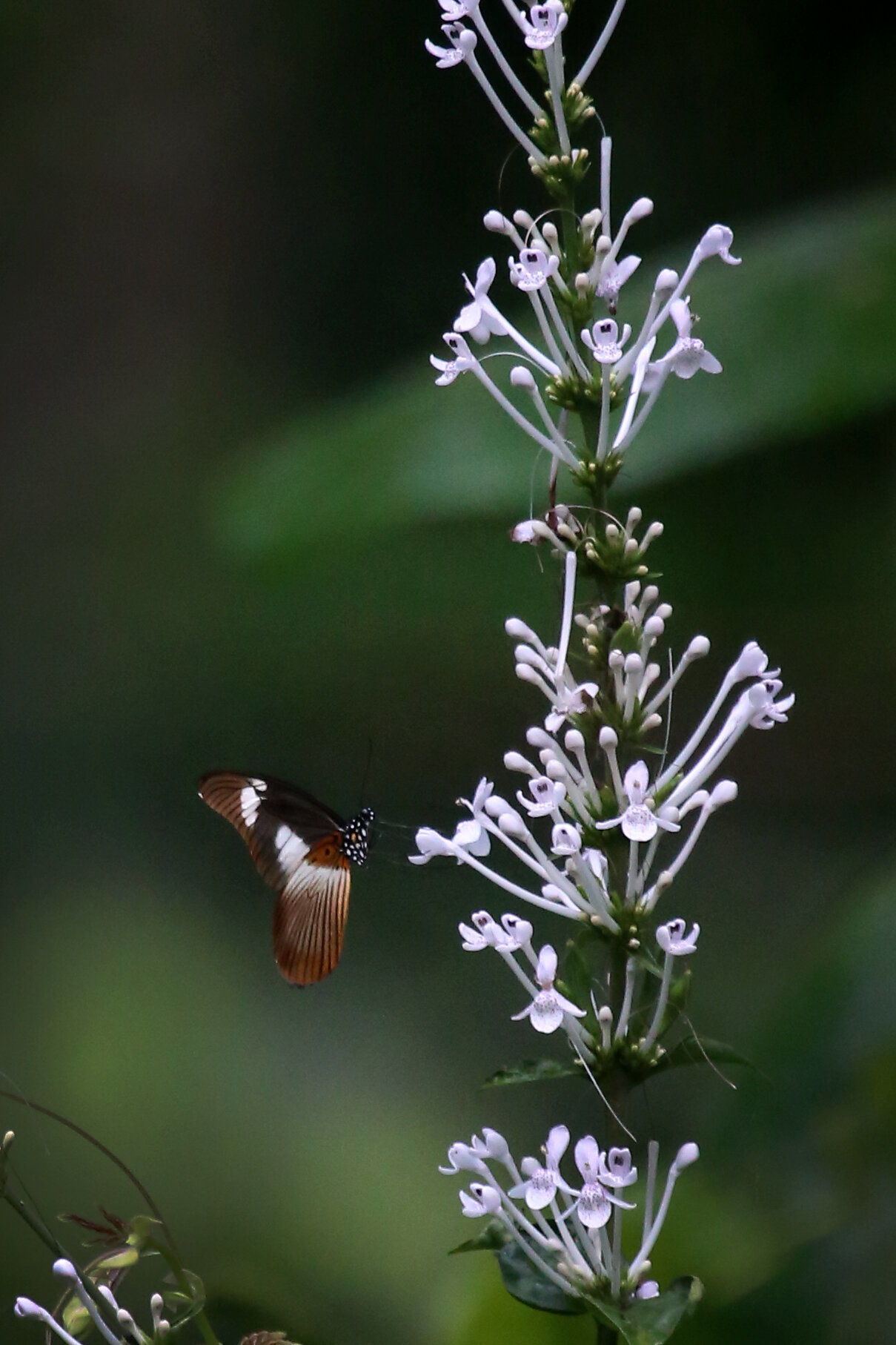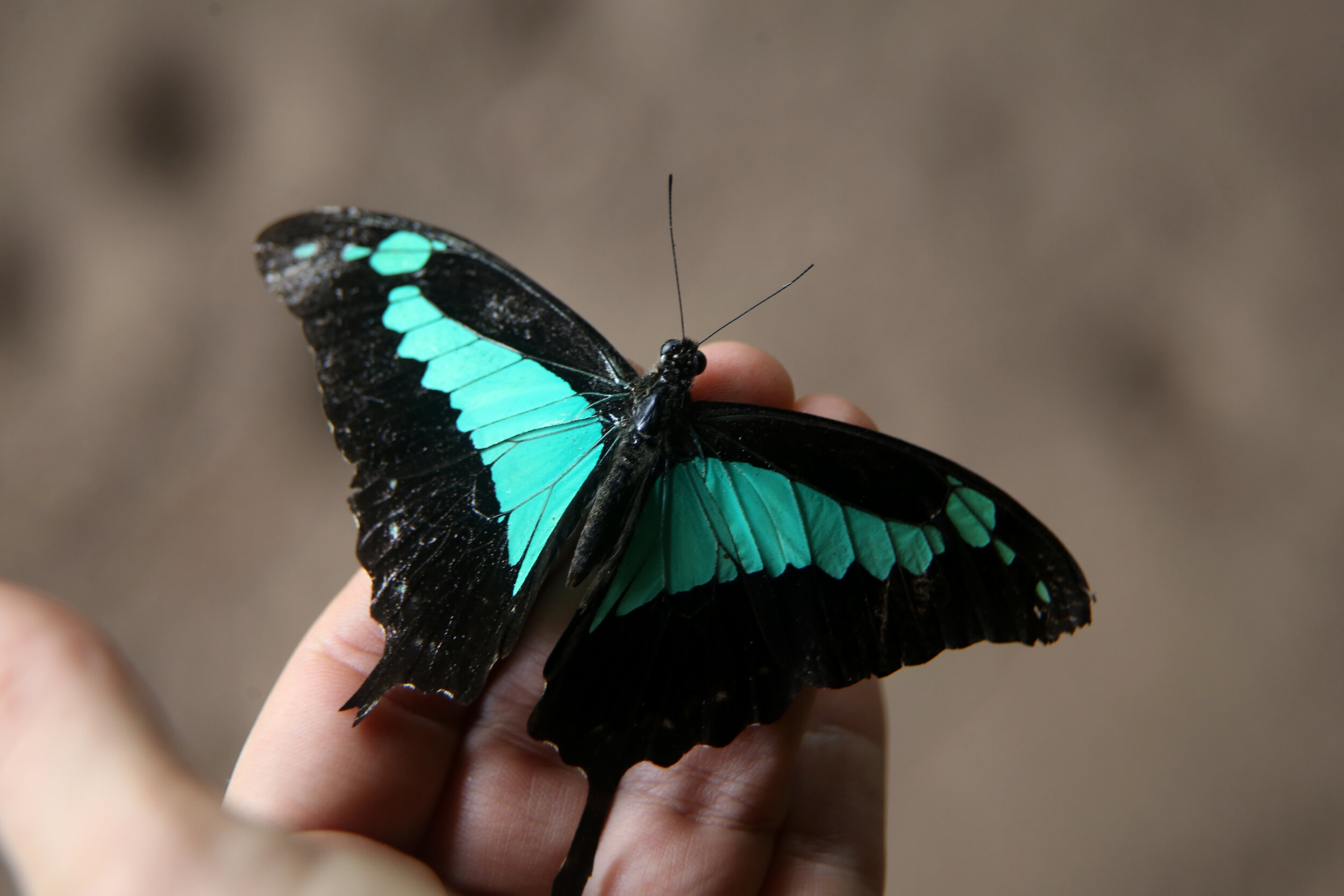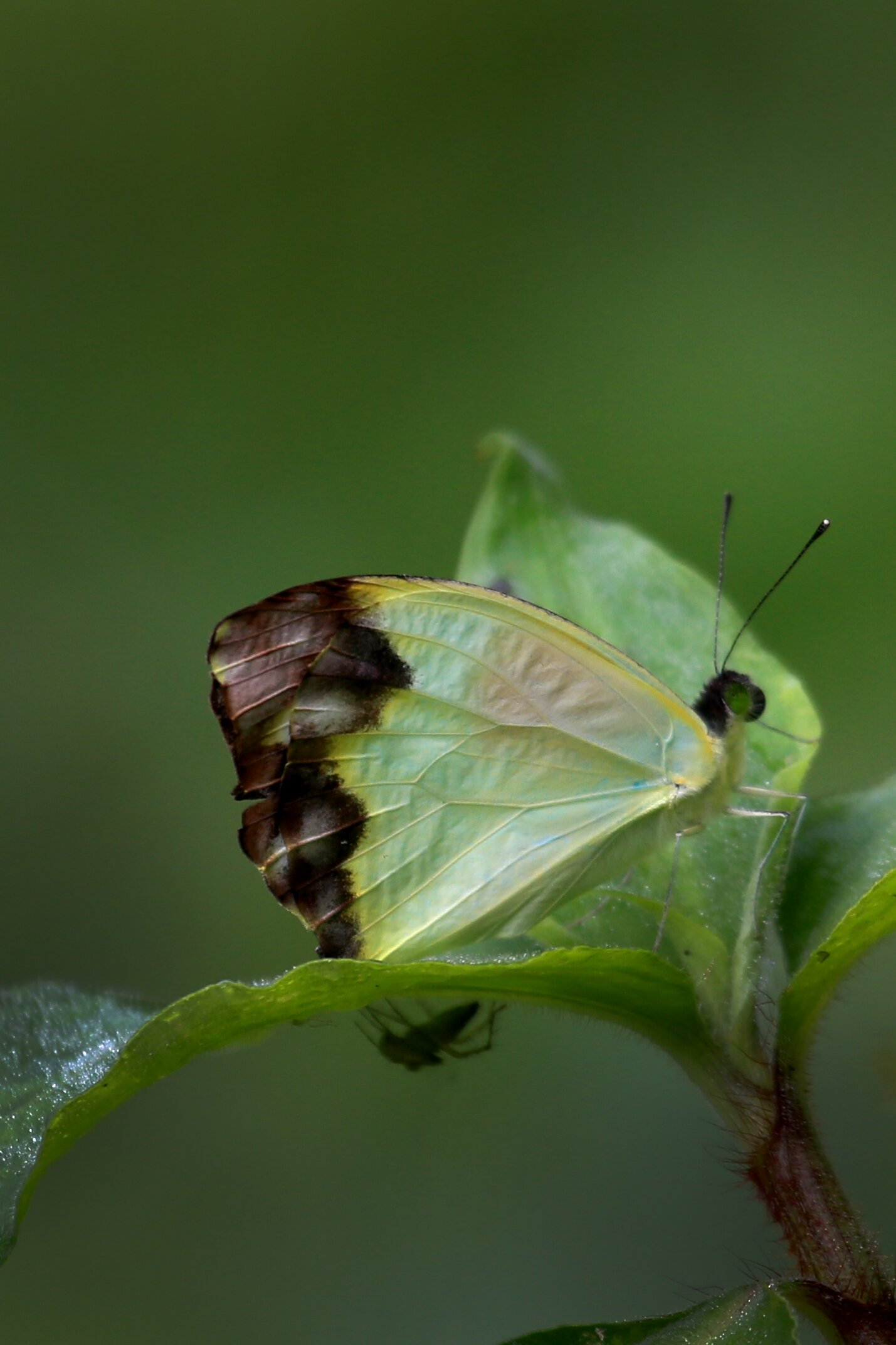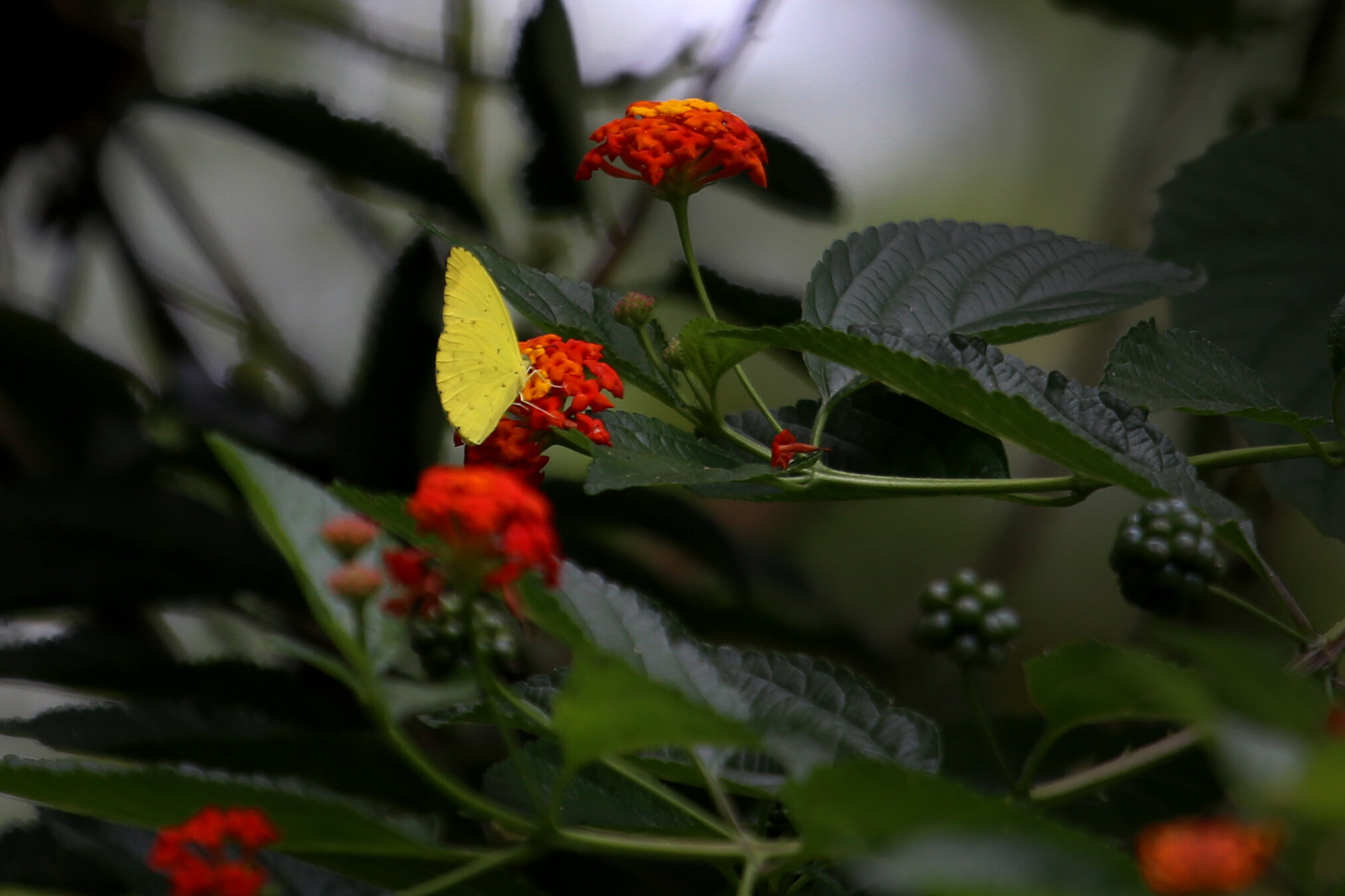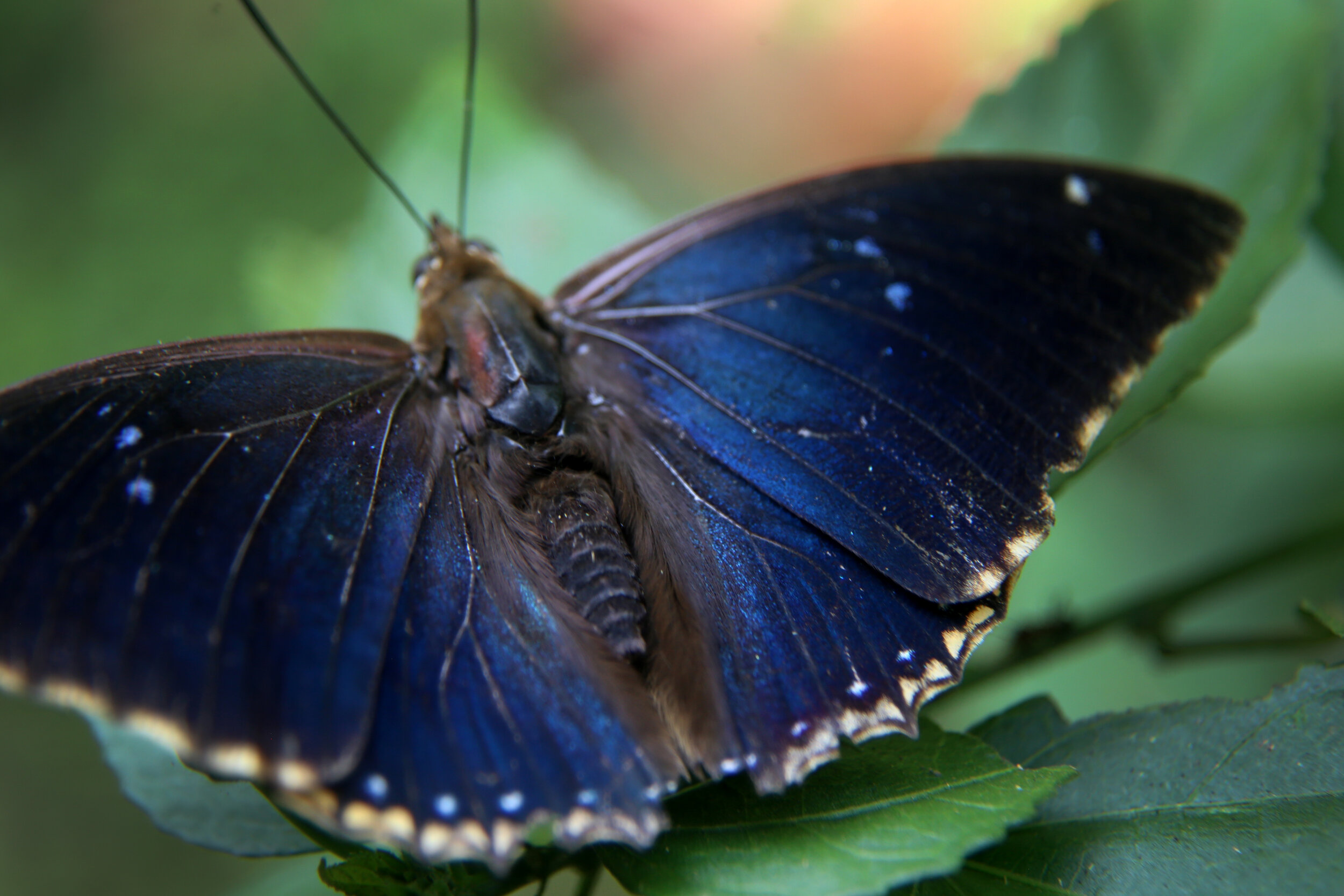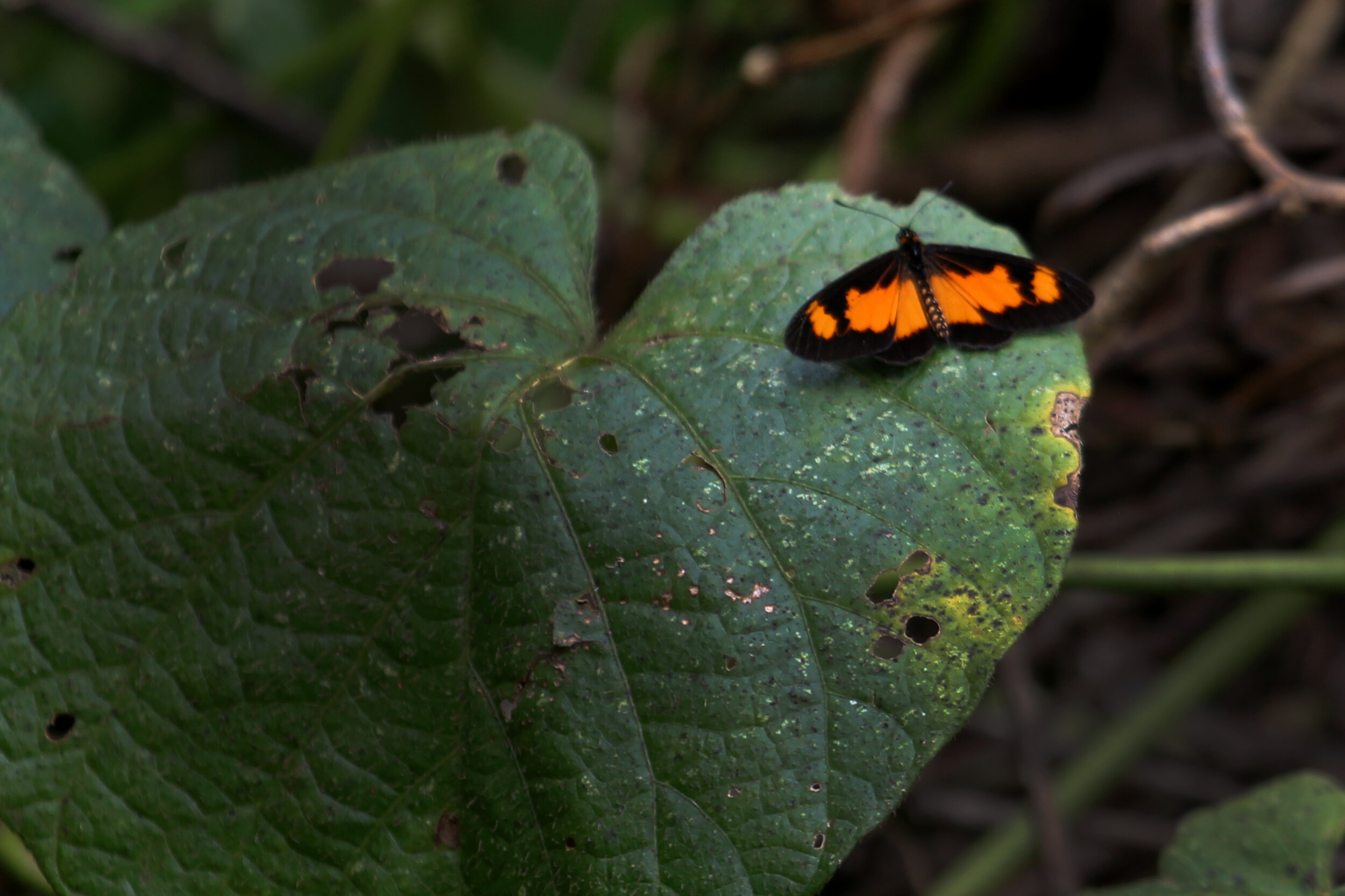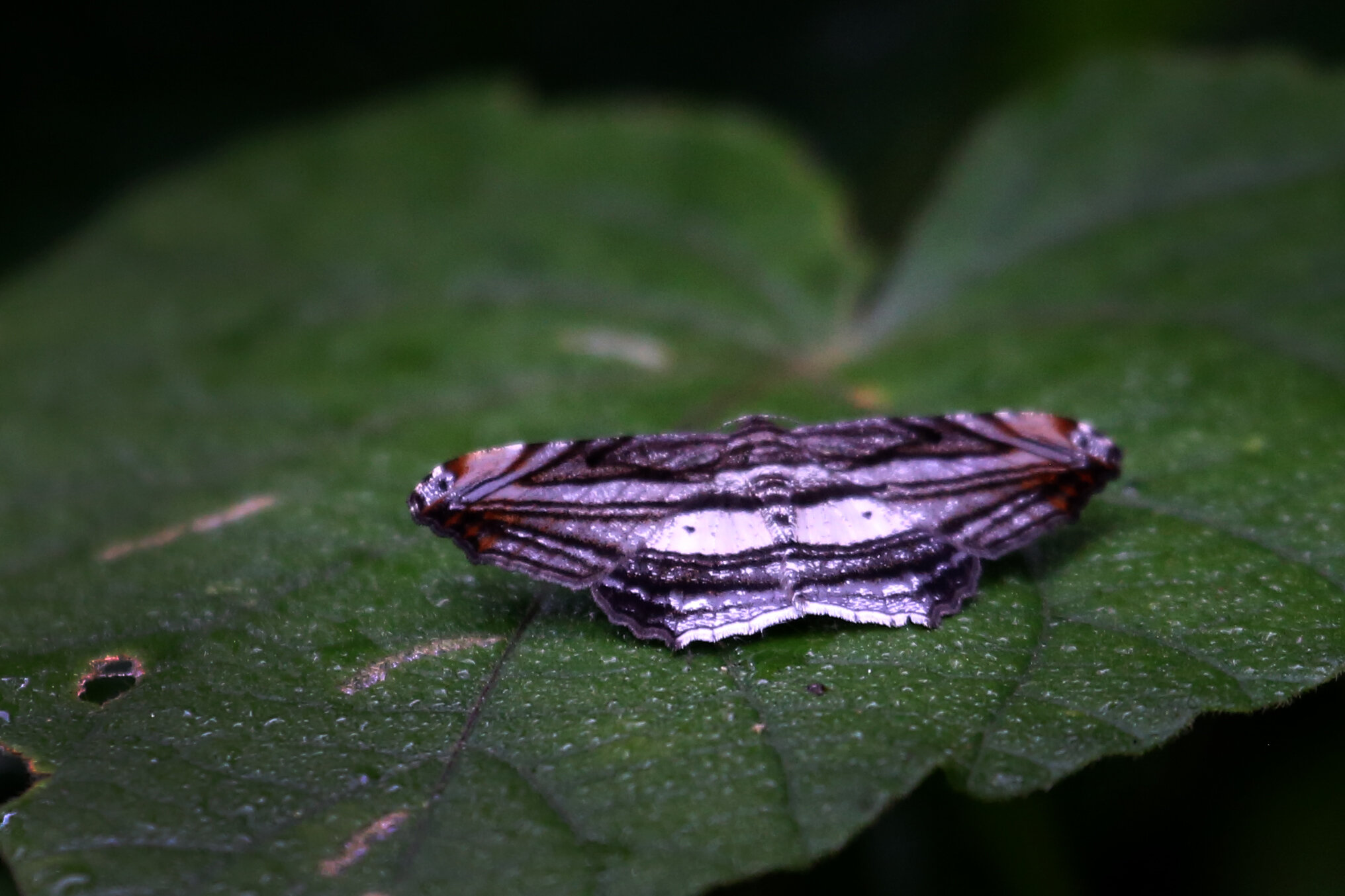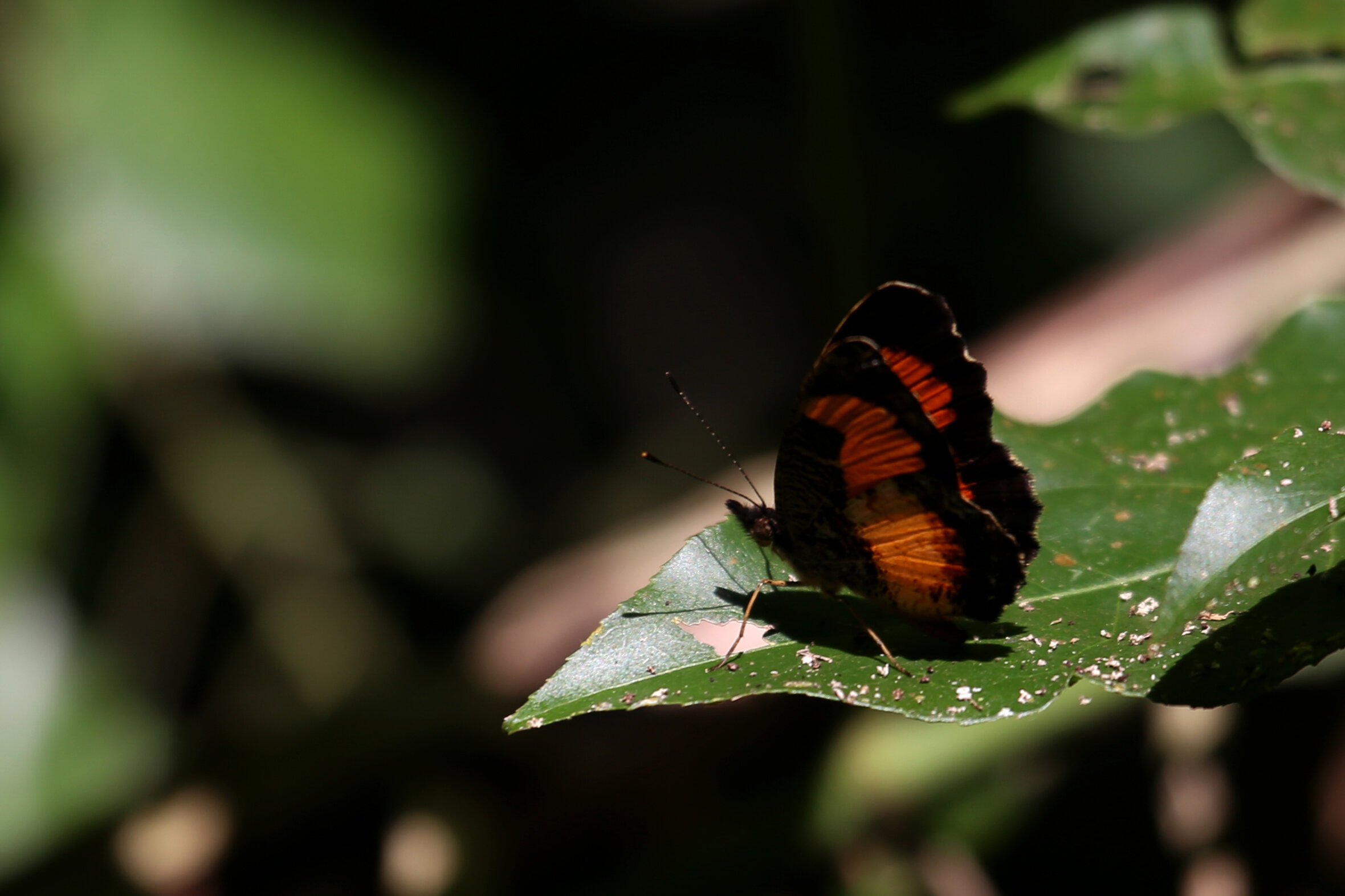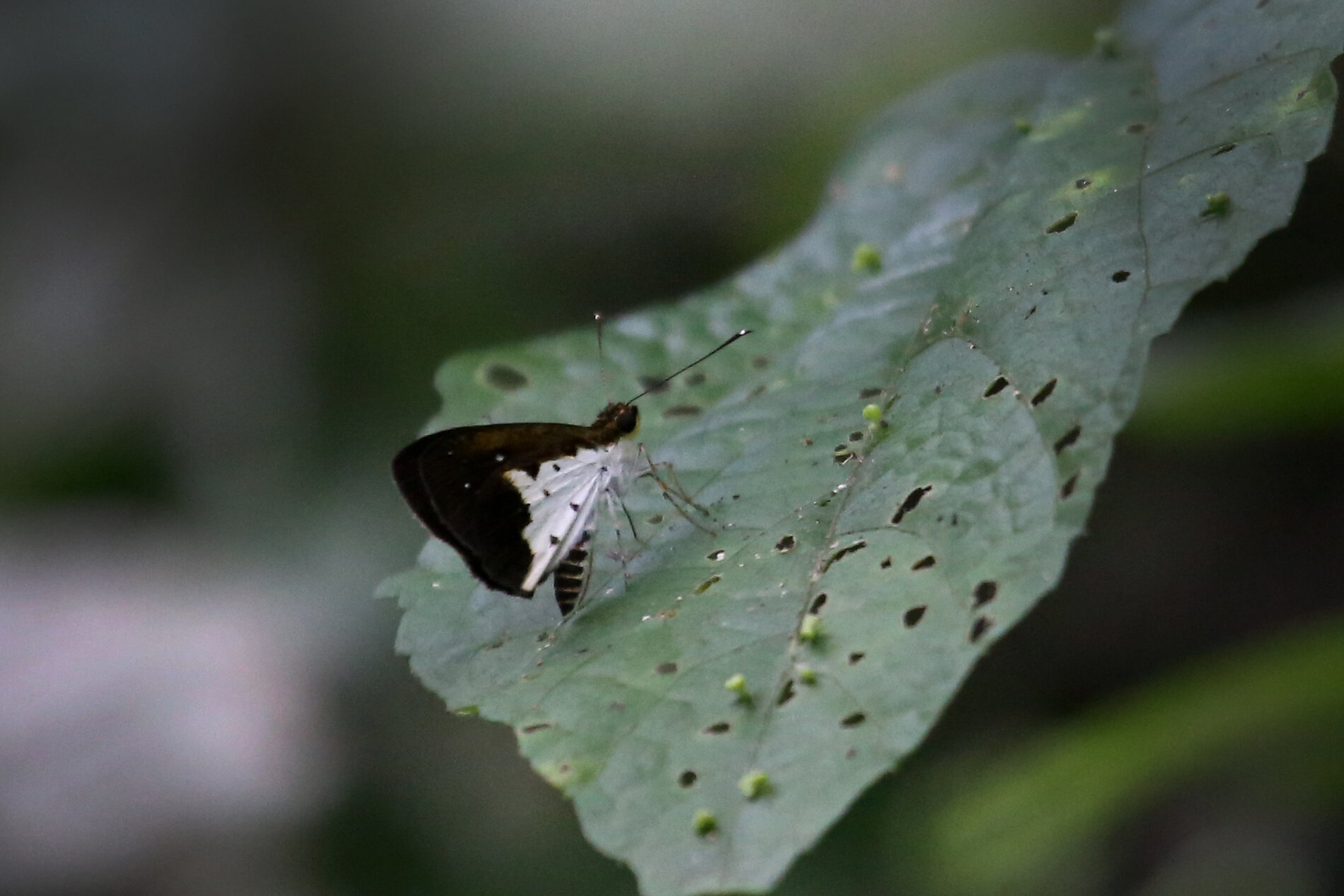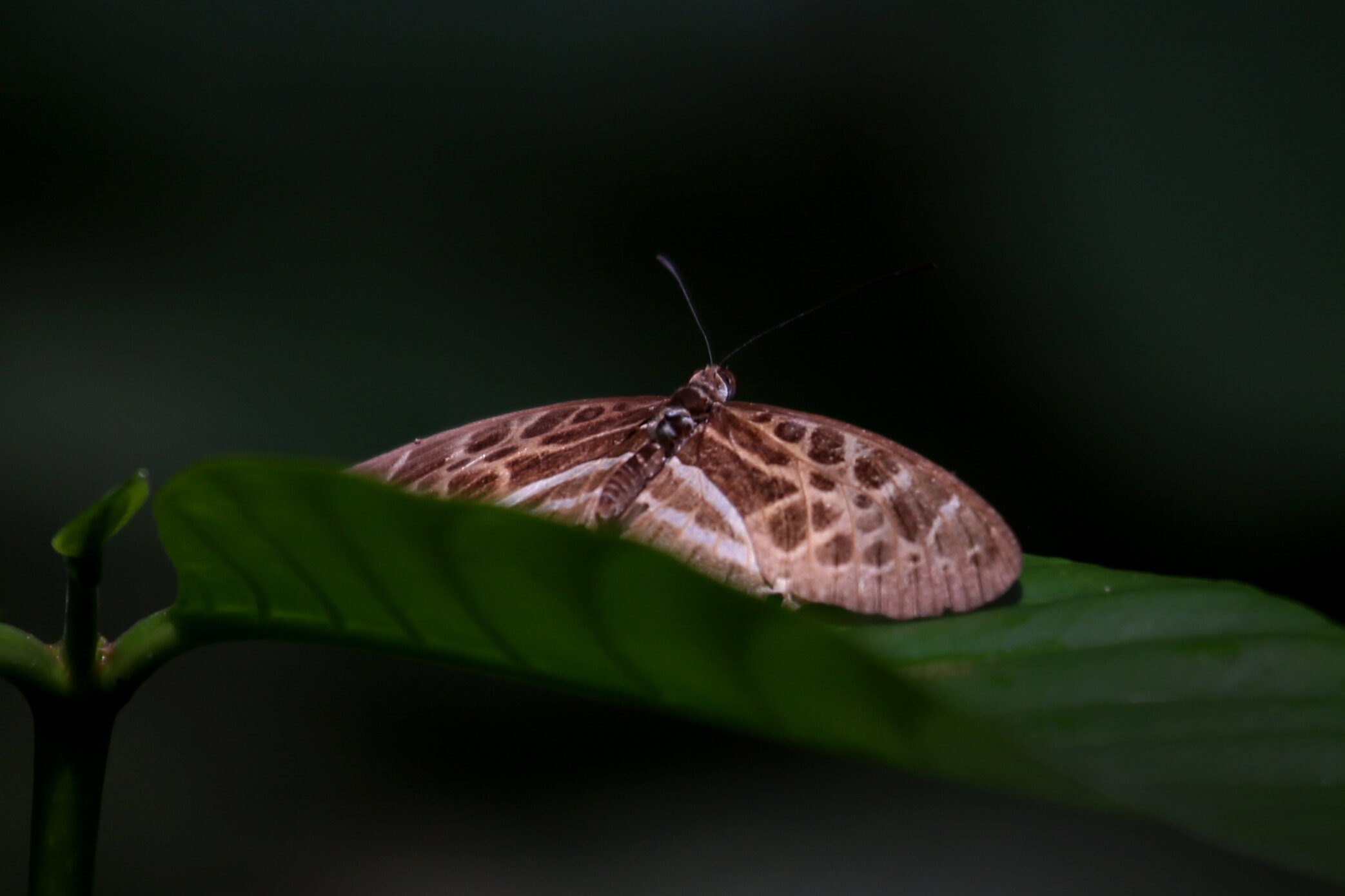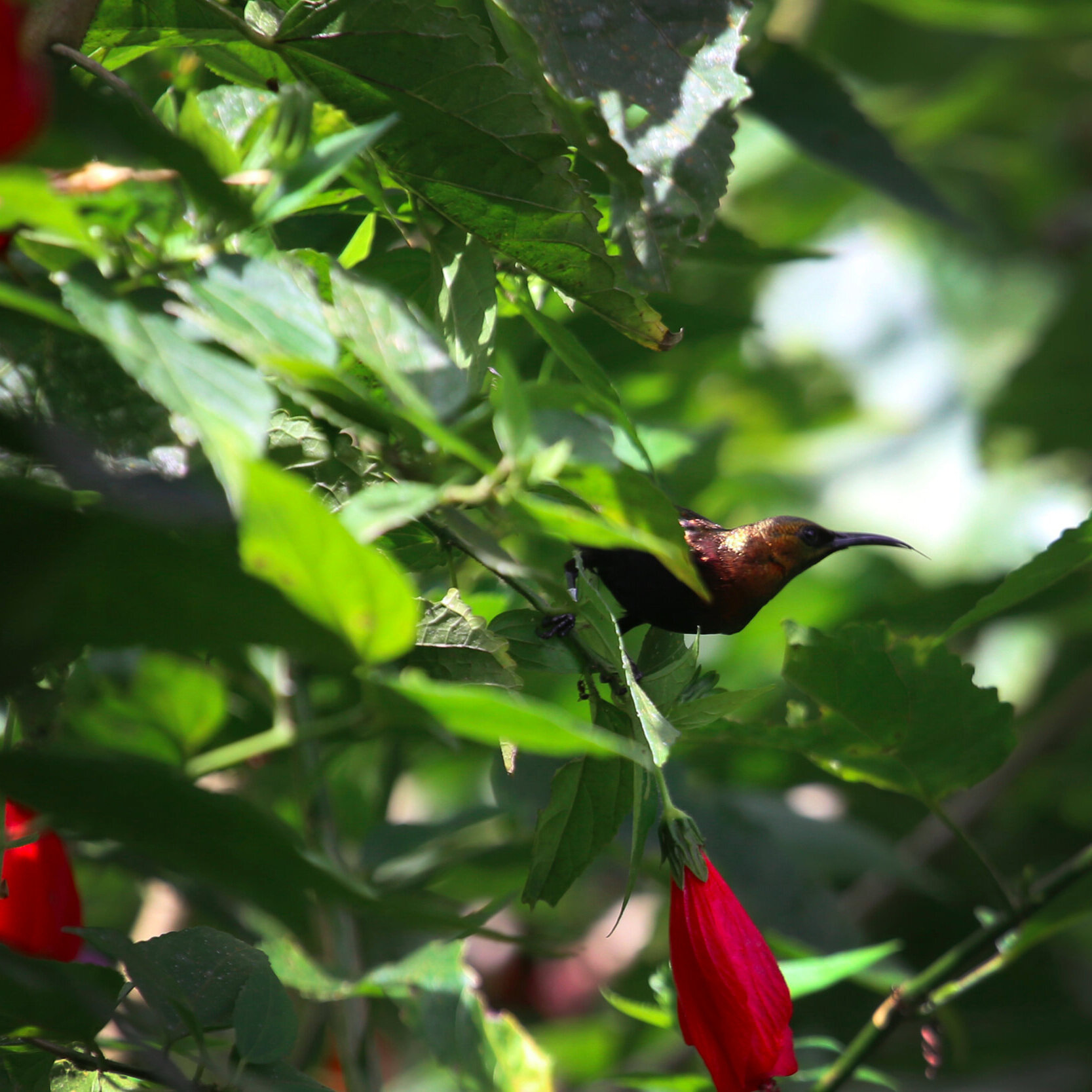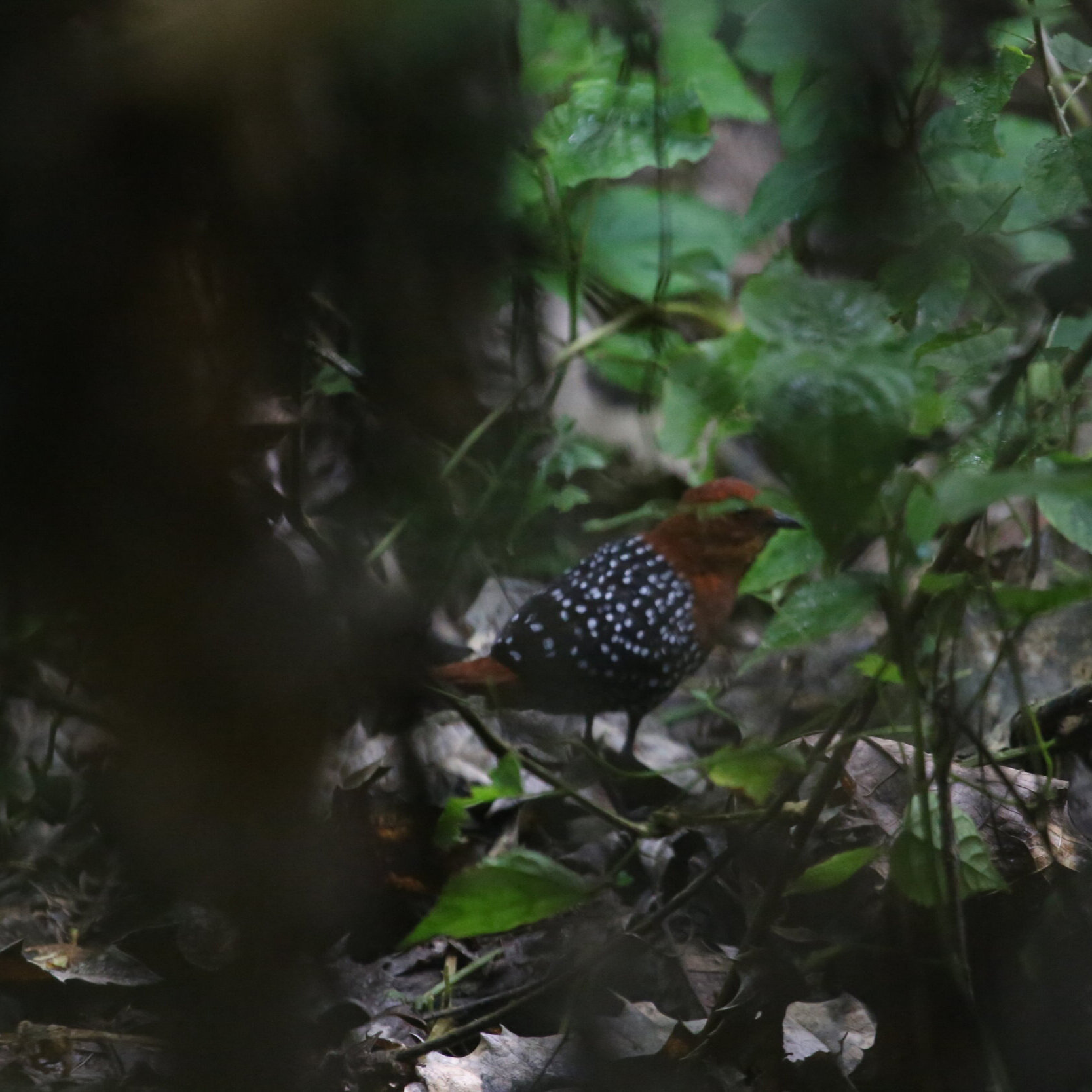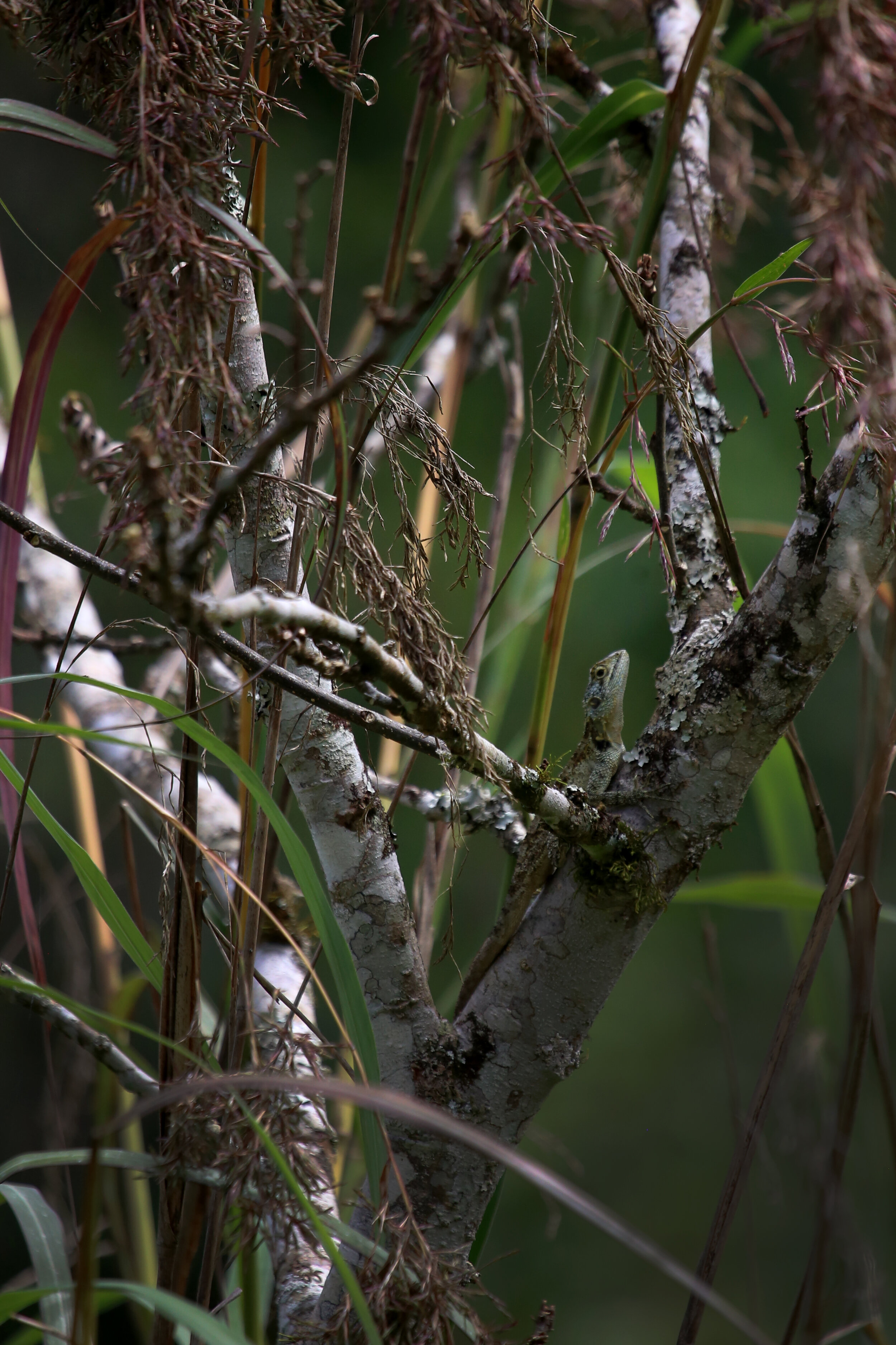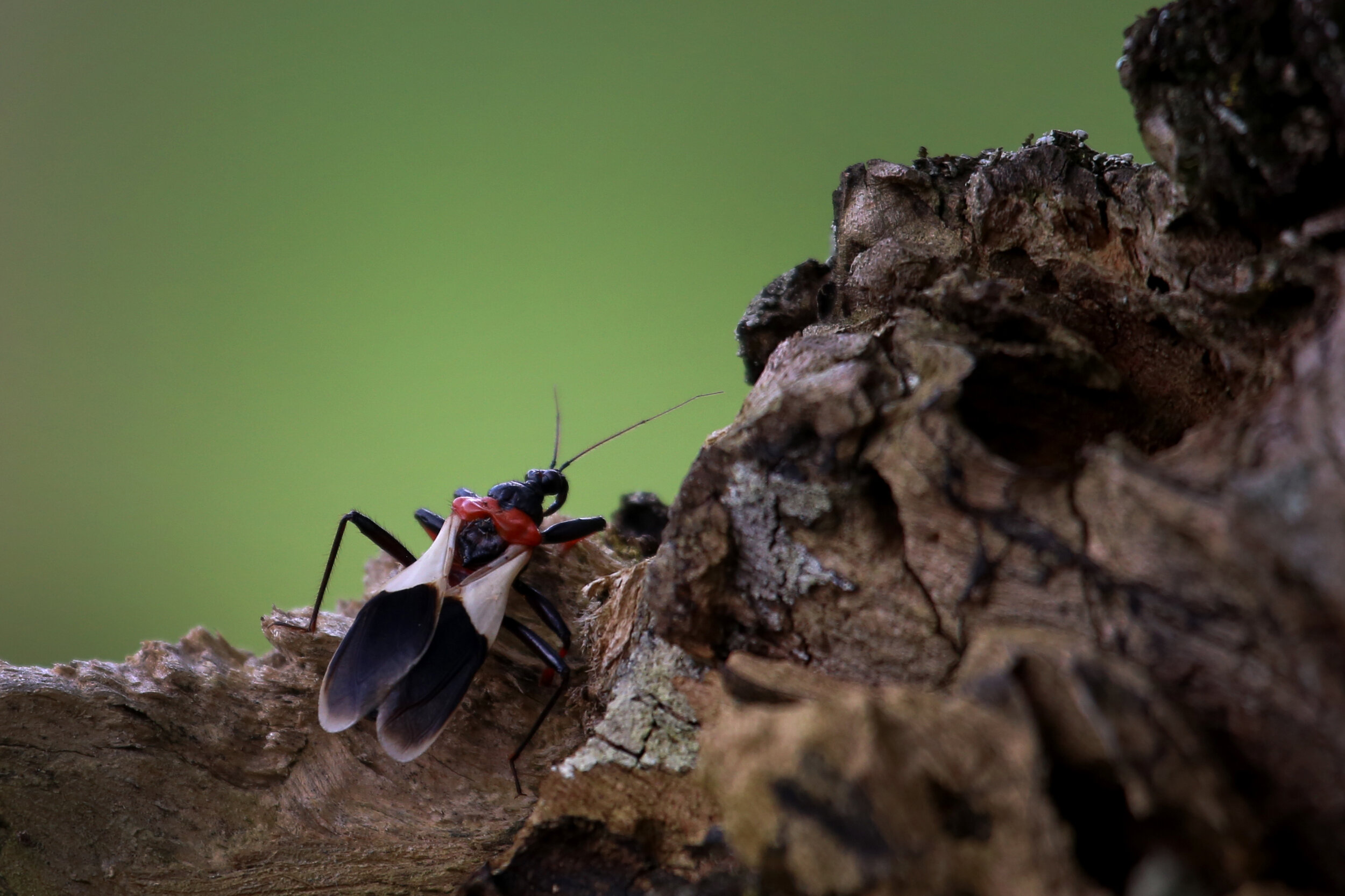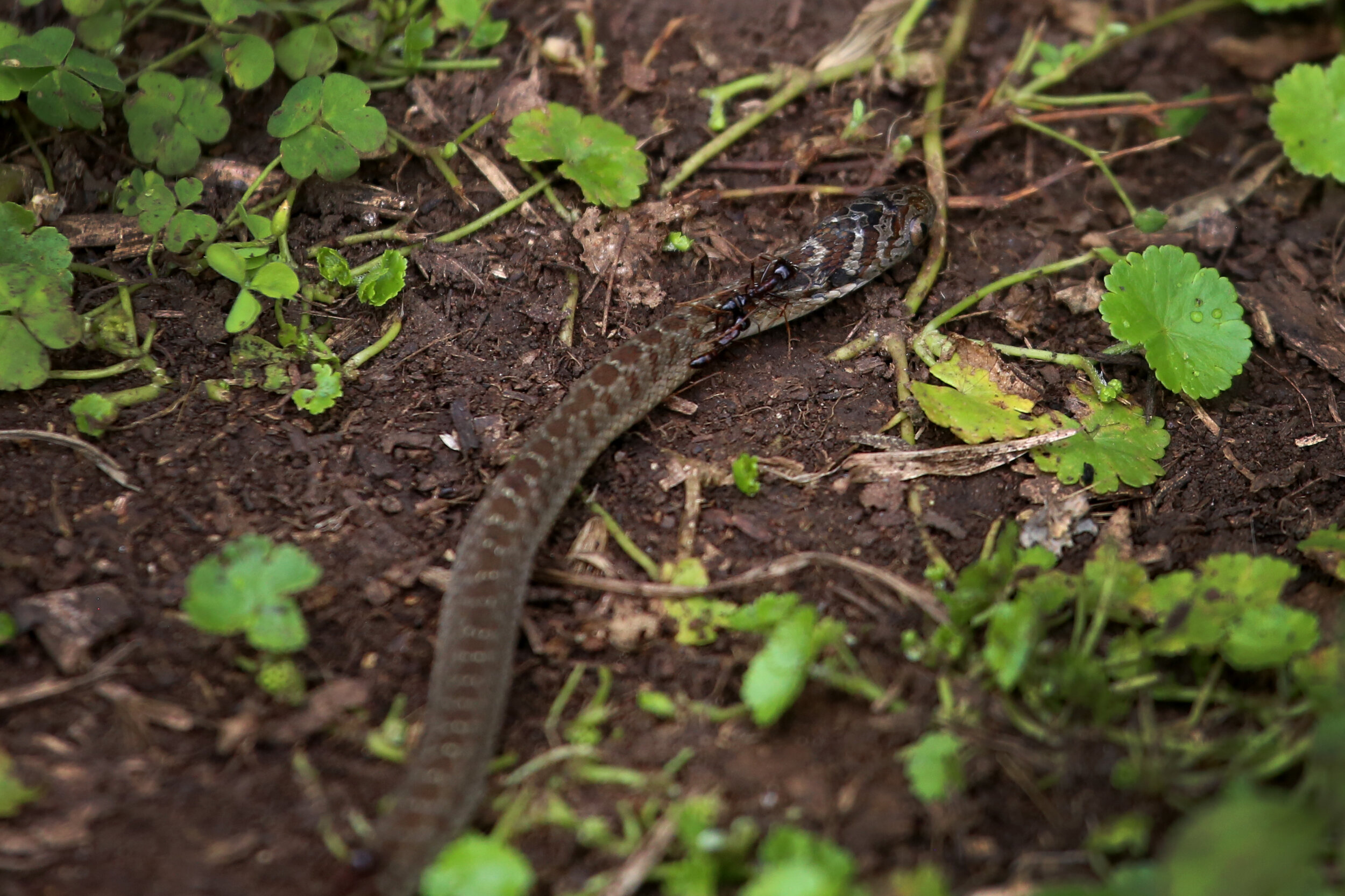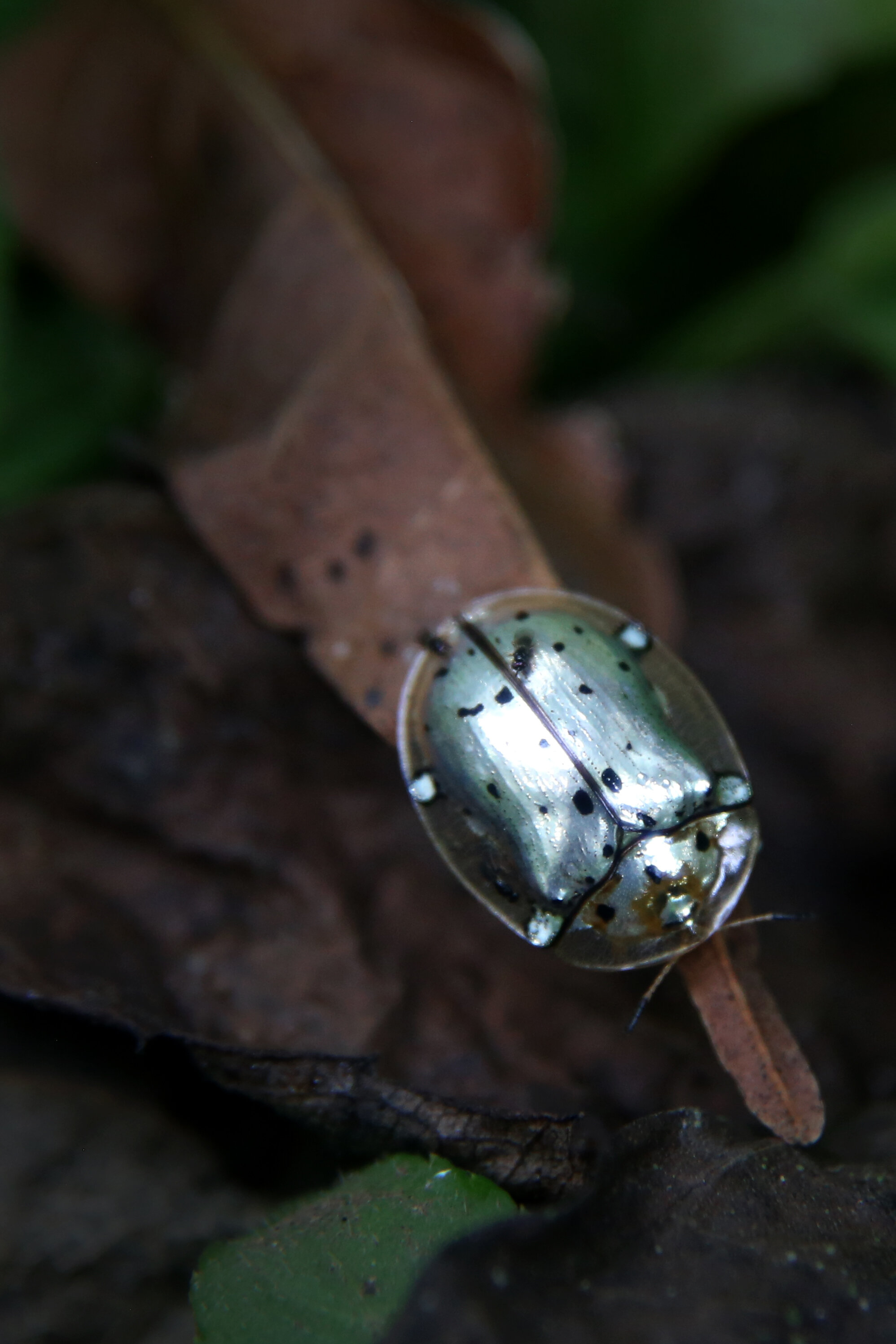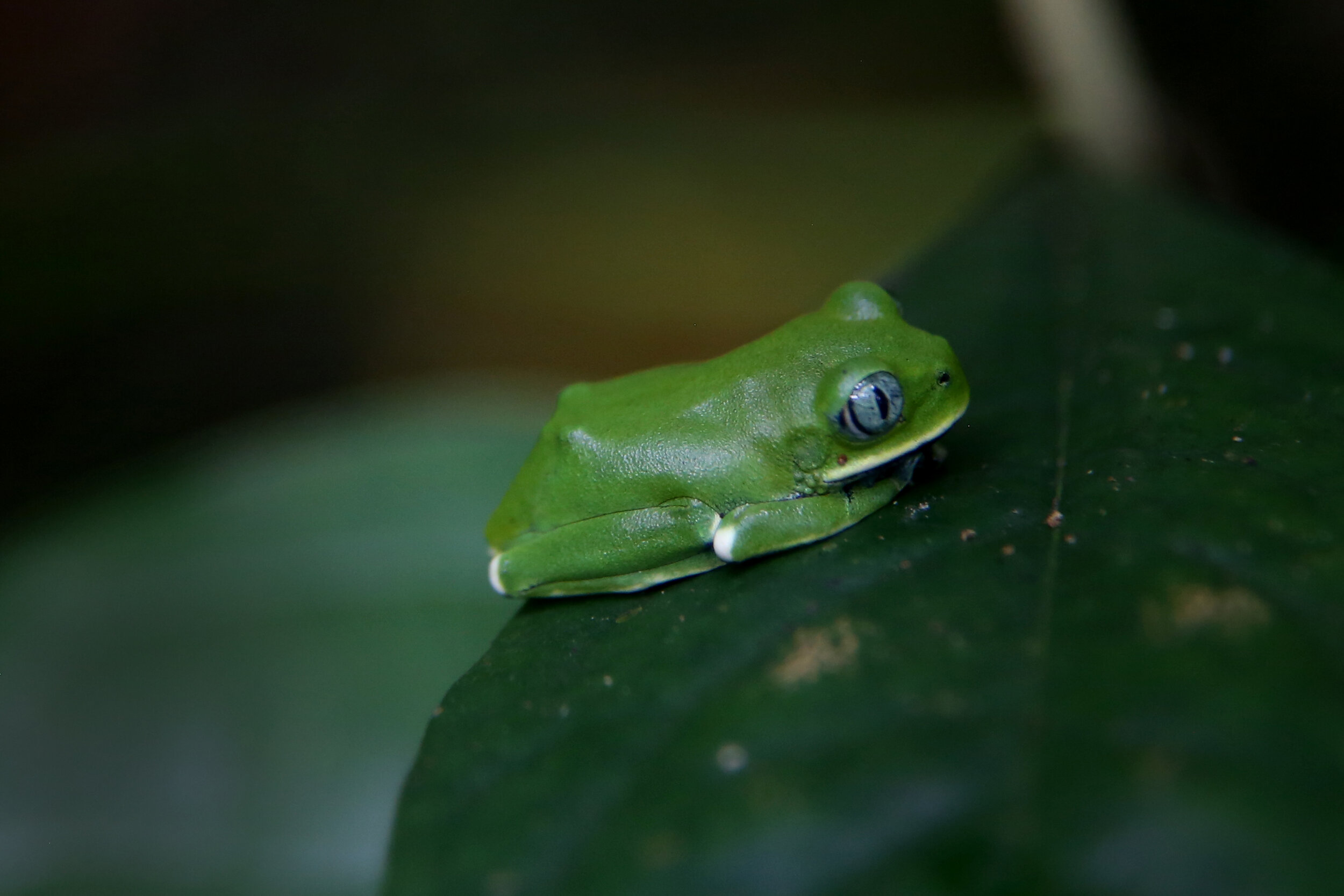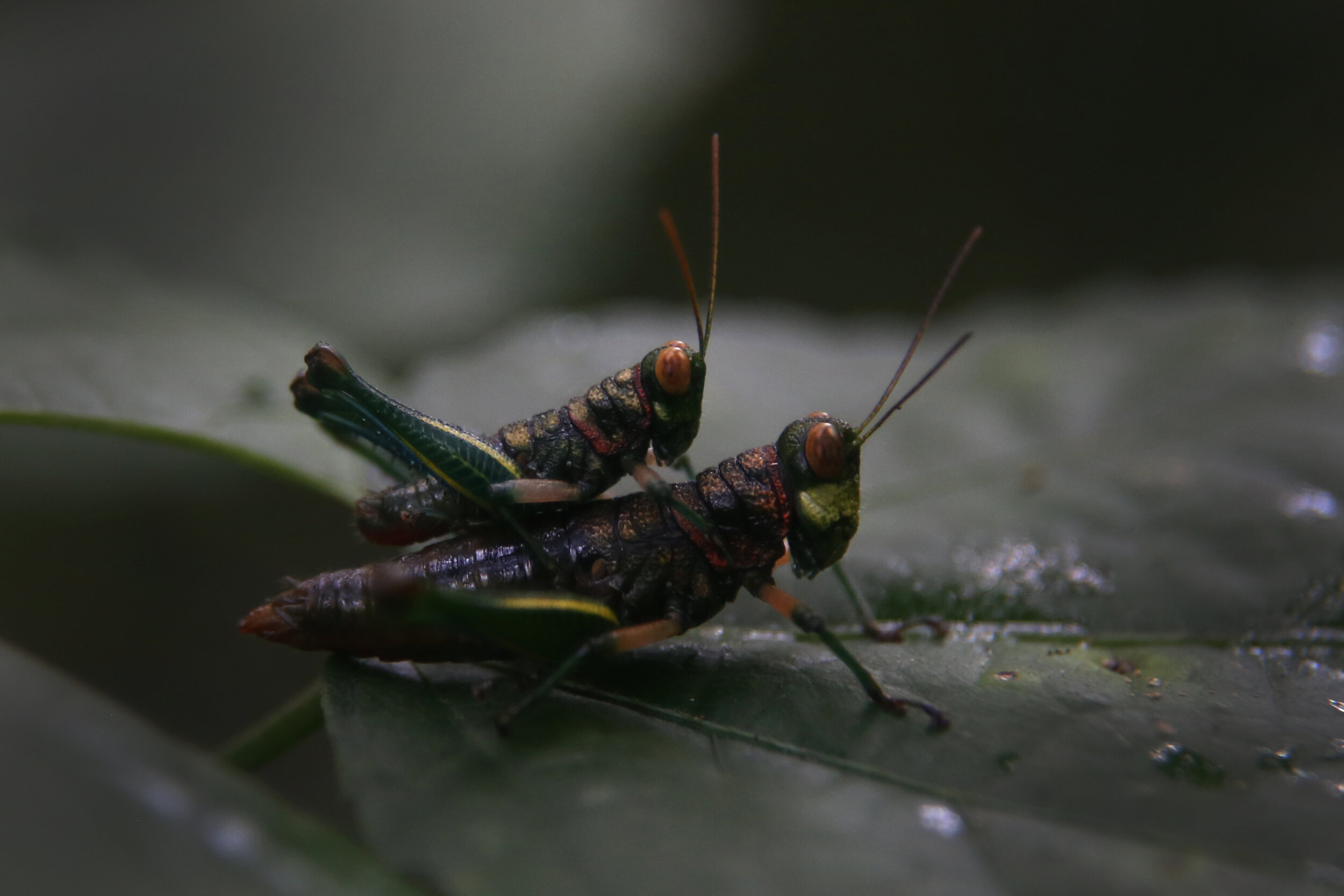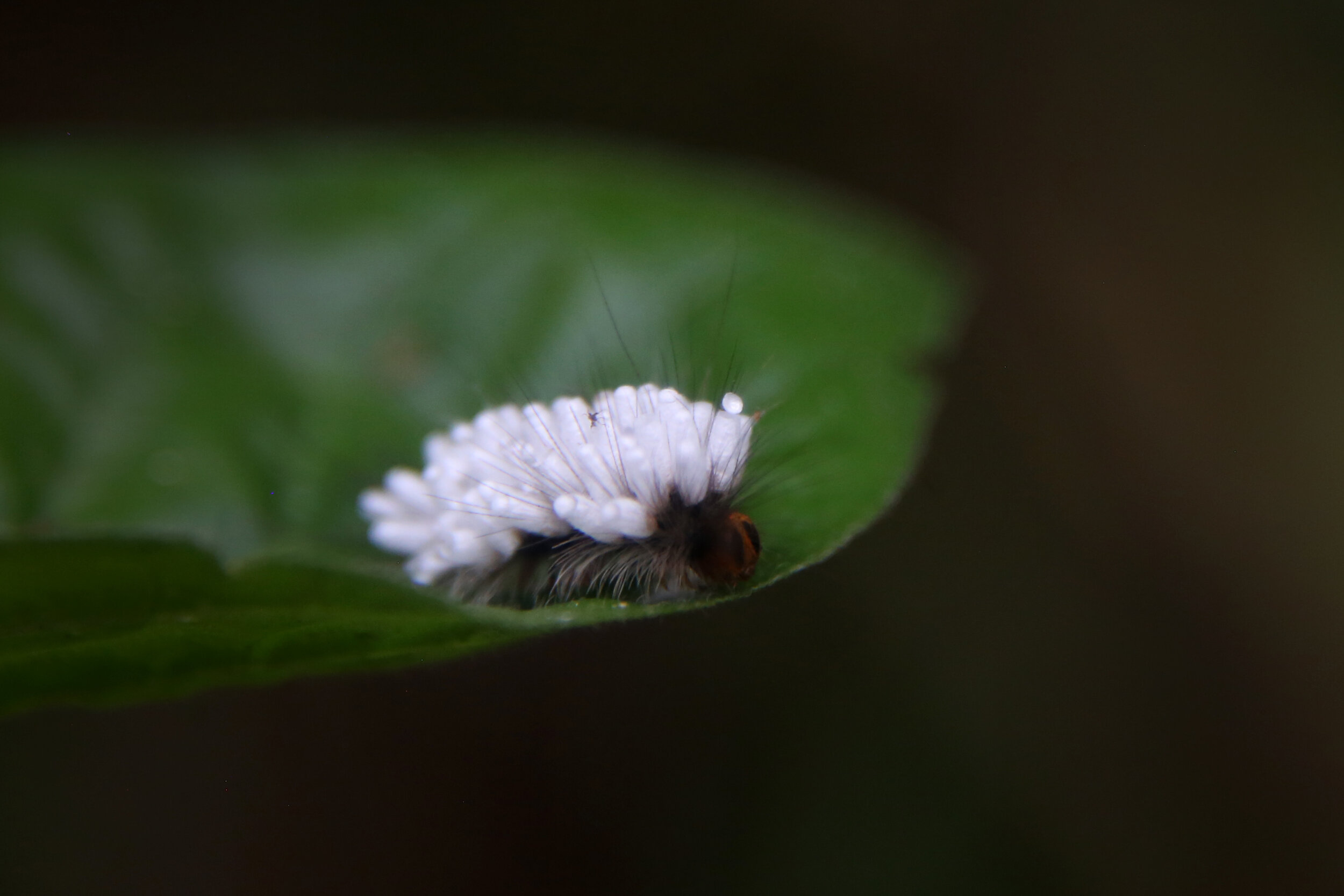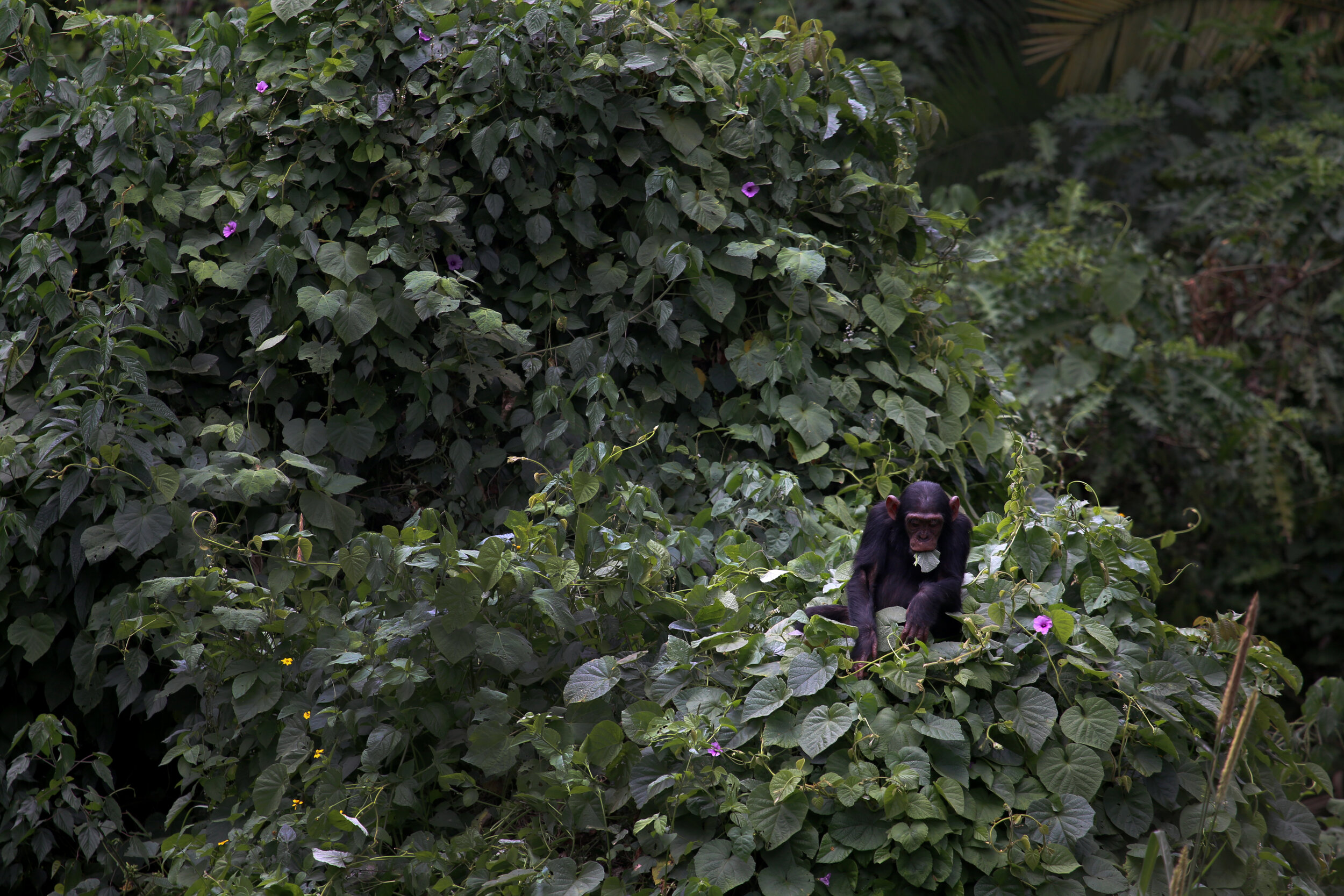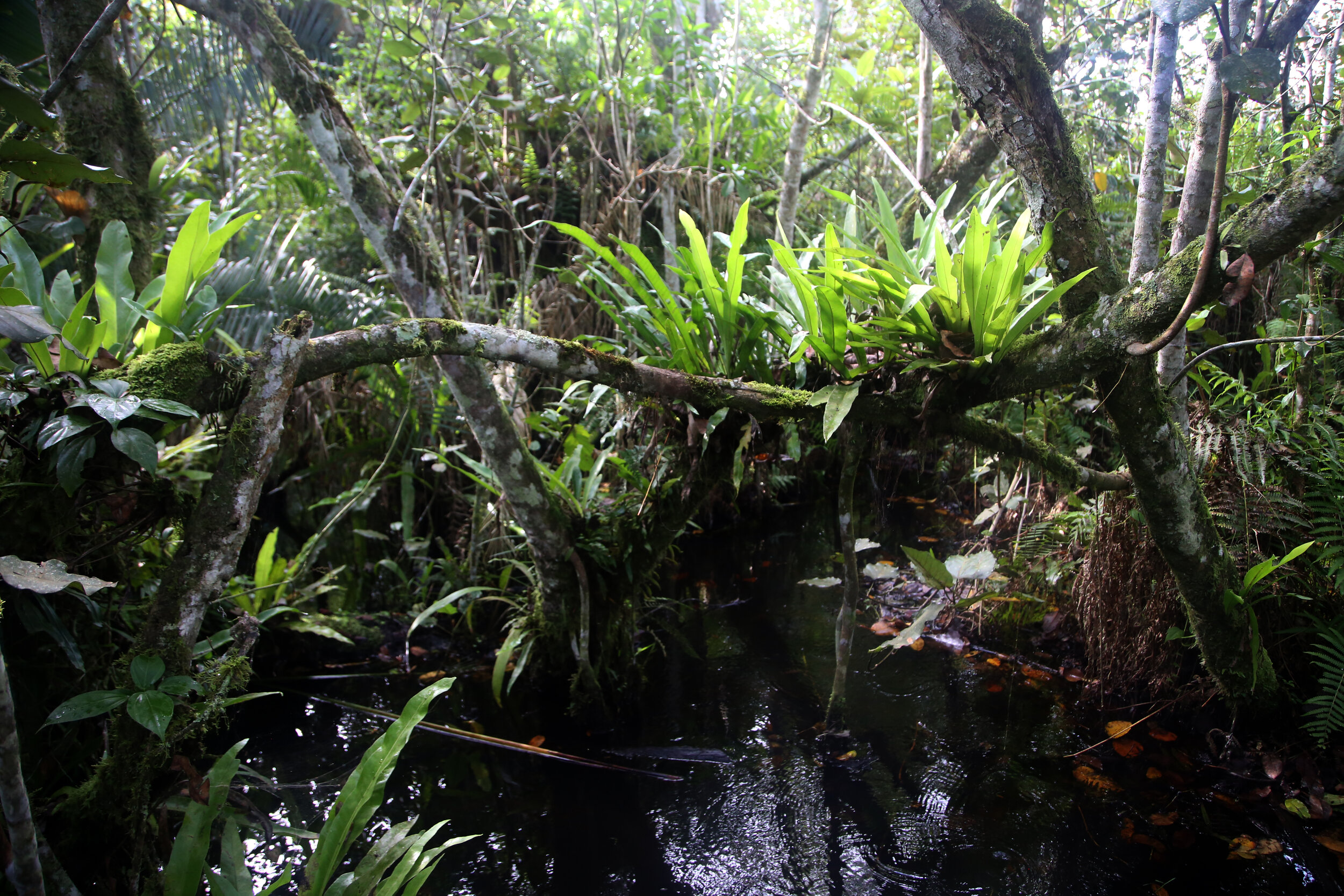We left the truck stop campsite after breakfast and headed to Ndololo campsite in Tsavo East. The park was a muddy mess and we slopped through the mud, spotting some animals, mostly elephants, here and there on the way to the campsite. The campsite was a mud pit as well. We found a dry spot and set up camp while the boys promptly took to the mud.
Ndololo is a public campsite attended by a couple of helpful Maasai men who helped us identify the strange sounds we heard at night (hyenas vs elephants) and ward off the vervet monkeys. There was a screened-in kitchen available to keep our food, should we need a safe place away from the monkeys and baboons. We were relaxed about the primate competition at first, until the monkeys surrounded us from the ground and above in the trees, jumping onto our table as soon as I turned my back while cooking. One took a precious squash and ran up the tree with it while I threw a fit down below. We dug out Leo’s slingshot and found some pebbles, shooting them at any of the pests who dared get close. From above, two monkeys fought over the squash and they dropped it, which I proudly retrieved. Half of it was still good. Leo worked on making a monkey trap out of rope.
Primates were not the only wildlife around the campsite. A herd of antelope came through in the middle of the day and on our second night, I heard several snorts and sighs outside our tent. I shone my flashlight out the window to see 6 elephants not 20 feet from us. Those were the times I was grateful our tent was high on top of our car.
On the second day in Tsavo, we toured the park. Tsavo is a huge park, known for its elephant population, still recovering from poaching wars, and for its stunning landscapes. We drove from one landscape to the next, enjoying the opportunities to get out of the car with the kids and walk near the Luggard Falls on the Galana River and on top of the huge Mudanda Rock. The scenery was truly incredible and it made for a fun day exploring with the boys.
Despite all the beauty and exploration, Eric and I were becoming more exhausted every day. I wasn’t getting much sleep at night, thanks to the strange sounds, (several which seemed concerning), and mosquitoes who mysteriously kept finding a way into our tent, yet seemed to only target me. My eyes were also causing me problems and they hurt like hell every time I put in my contacts. I cleaned my lenses several times and changed them, but nothing seemed to help except wearing my dreaded glasses for a while. By the time we left Tsavo, we were tired of the mud, tired of packing and unpacking, and just plain tired. We were ready for the beach.










